TECH ENGINE MB INLET MANIFOLDS
Over the years Lambretta scooters have been limited to the carbs they can use by which carb and inlet manifold were available.
STANDARD BASICS
Various standard inlet manifolds have been available from 18 to 23mm both in 150 or 200 stud patterns. 125, 150 and 175 (small block) engines had different cylinder and inlet stud spacings compared to the 200 (large block) engine casing.
All engines used Dellorto as the standard supplier of carbs apart form India Scooters which varied from model to model.
SERIES 1
- LI125
- LI150
- TV175
SERIES 2
- LI125
- LI150
- TV175
SERIES 3 ITALIAN
- Li125, SH1/18mm
- LI150, SH1/18mm
- LI125 Special, SH1/20mm
- LI150 Special, SH1/18mm
- TV175, SH1/20mm
- TV200, SH1/20mm
- SX150, SH1/20mm
- SX200, SH1/20mm
- GP125, SH1/20mm
- GP150, SH2/22mm
- GP200, SH2/22mm
SERIES 3 INDIAN
- GP150, 22mm Dellorto, Mikarb, Spaco and Jetex
- GP200, 22mm Dellorto, Spaco and Jetex
SERIES 3 SPANISH
- LI125, SH1/20mm
- LI150, SH1/18mm
- LI150, SH1/20mm
- JET200, SH1/20mm
Tuning in the old days was limited by the size of carbs available. I like everyone went down all the various tunes using 18, 20 and 22mm carbs for very little gain. It wasn’t until I moved to 28, 30 and 34mm carbs that speeds really increased. It’s not a harden fact but basically the larger the carb the fast an engine will go. I once asked at collage why? And I got a simple answer that I could relate to……… ‘Try running down the road only breathing through your nose, then try again using your mouth’ Simple but explains it.
There are theoretical formulas to work out square area of a port vs carb size, its is why I choose carbs which suit particular tunes.
AFTER MARKET CARBS
We’ve touched on the standard 18, 20 and 22mm carbs from Italy, India and Spain. There has been many carbs used over the years, some good some bad. Smaller carbs were fabricated to fit standard manifolds using rubber or bonded/welded flanges. Later manifolds were made to to suit certain carbs. Over the years some manifolds suited different makes and styles of carbs making some manifolds very universal.
Some popular carbs over the years
- Amal MK1 26, 28, 30, 32mm
- Amal MK2 26, 28, 30, 32, 34, 36, 38mm
- Dellorto PHBH Solid mounted 26, 28, 30mm
- Dellorto PHBH rubber mounted 26, 28, 30mm
- Dellorto PHBL 22, 24, 25mm
- Dellorto VHSA 28, 30, 32mm
- Dellorto VHSB 34, 36, 38, 39mm
- Dellorto VHSH 28, 30mm
- Dellorto VHST26mm
- Mikuni TM, TMX 24, 27, 28, 30, 35, 38mm
- Keihin, OKO, BGM, Stage 6, Koso PWK 24, 28, 30mm
- Keihin 32, 34, 36mm
INLET MANIFOLDS
The first after market inlet manifolds came from Italy using Dellorto racing side chamber carbs, now much sort after. In the 60’s In the UK a few manifolds were made to suit the old Amal solid mounted MK1 carb, this manifold could use 26, 28, 30 or 32mm carb bodies. Over the years these manifolds went by the wayside as Amal brought out the MK2 version and there was very little demand for the old solid mounted manifold, today this retro MK1 manifold has been remade again in the UK.
Mark’s first manifold was made up from lots of pieces of Alloy tubes and flat plate mig welded together, this didn’t last long and eventually cracked. At the time we had no Tig welders to play with. The next version used the CDC down draft manifold with a brass flange glued to it and used a MK1 4-stroke Amal which tought me to jet in carbs and I used it for a few years until I could afford a MK2 carb. I still remember coming home from AF’s sat in the back of a Mini playing with it with a big grin on my face!
In the 70’s the Italian company CDC (Malossi) introduced a solid mounted inlet manifold to suit the Solid Mounted PHBH style Dellorto carbs, these were available in both 150 or 200cc type stud holes. These manifolds can with care be machined down on a lathe to fit either a rubber mounted Dellorto, PWK, Mikuni or Amal rubber mounted carbs. These manifolds were the only ones available for years and therefore limited which carbs could be used and set the standard of tunes as these manifolds and carbs were the limiting factor.
Kegra introduced a new rubber mounted manifold in the 1980’s to suit the 3000 series 36mm Amal carbs but was only for high tuned 200 race engines and was not really suited to road going engines. Midland Scooter Center introduced the DJ 4-petal reed valve manifold to suit 200 engines using TZ750 Reed and manifold and again was aimed at the larger carb market of 30 – 36mm Amals. This was a long version and could only be used with panels cut or with no panels and Mikeck/Taffspeed introduced a 6-petal reed valve manifold and was again suited for the larger carb market, this has been remade in the UK again, this again could only be used with cut out panels or no panels.
MB saw the need for different carburettors and have specialised in the manufacture of inlet manifolds to suit different types of carbs to suit different applications. In the mid 80’s we started making one off Reed blocks, from small 4 petal versions to 6 and 8 petal blocks tweaking and learning about Reed tuning as we went. MB have steadily introduced inlet manifolds to suit the times and requirements from customers and have probably sold more manifolds than anyone else.
AF Rayspeed introduced their own inlet manifolds for the TS1 and RB cylinders.
In modern times Vietnam and Italy have done copy versions of the CDC and MB Inlet manifolds to suit Keihin style PWK carbs, Dellorto PHBH and PHBL Dellorto carbs. Both companies in Germany and Austria have introduced special CNC made inlet manifolds for RB and TS1 engines.
MB DEVELOPMENTS INLET MANIFOLDS
The hard part with a Lambretta is getting a carb to fit within the area where the carb goes. Size of carb and which side it needs to fit dictates where the carb will fit.
This needs considering when making an inlet manifold
- Does it need to work with a toolbox
- Does it come on the near side or off side
- It needs to clear the engine mounts
- It needs to clear the fuel tap lever
- It needs to clear cowlings
- It needs to clear side panels
- It needs to clear engine mounts
- It needs good cable routing
- You need to get to tighten it up
Most manifolds are the down draft type which is to be preferred as these perform much better than the side draft type. The down draft type tend to have an angle of about 25 – 30 degrees which means the gases enter the cylinder at an improved angle to the original type side draft manifolds and these are easier to make larger carbs fit.
Whoever makes the manifold and wherever they come from will require some work. ALL manifolds will need a little or a lot of matching to the inlet port on the cylinder. It maybe the inlet casting that is out, or the inlet port, especially if one or the other has been tuned previously.
MB offer these services
- Match and flow
- Match and flow, inlet bolted down
- Flow Reed inlet TS1
- Flow inlet Reed inlet MB
OLD MB HISTORY INLET MANIFOLDS
We have over the years – made inlet manifolds that have been used for a short period and for many reasons we have stopped making them.
STANDARD GP 200 22mm, SIL
Fitted nearside oval ported cylinders
- Dellorto, Jetex, Spaco SH2/22mm carbs
MB made a direct copy of the standard GP 200, 22mm inlet manifold, but was slightly beefed up. This manifold was introduced because at one time there was a lack of genuine manifolds and these were the times of standard restorations and it seemed every one was restoring a GP 200. Then SIL remade them and are easily available making this MB manifold redundant because there is no way a UK manufacturer can make at the price an Indian company can. In later years Scootopia had them remade with their Chinese 22mm carb.
MB 30 / 200 – 250cc
Fitted nearside large block oval ported cylinders
The first part MB ever made was this manifold it was designed for a the Amal 30 – 34mm carbs and machined to fit a 200 cylinder. Amal carbs at the time was the carb to have, we used to machine the CDC manifold to suit the mounting rubber then spend ages opening out the inside to suit a 34mm Carb, this took time, time we didn’t have so we made this manifold, it was fazed it out as we introduced newer improved versions. These are not available now.
MB 26mm / 125-250cc
Fitted near side oval port cylinders
- Amal MK2 22 – 26mm
- Dellorto PHBL 22 – 26mm
For a period MB saw the need to use the compact Amal MK2 26mm carbs. They were the perfect size in between a standard and 30mm and suited mild to stage 4 size tunes where low down power and ride-ability was needed aimed at more touring and town work with less spit back. Surprisingly these never really took off even though they were very good. The physical size meant it was impossible to use an air filter box so we did them as a down draft manifold and in the day ran them as open bell mouths. We made small and large block castings, Amal carbs became hard to get and so we re-introduced the Dellorto 25mm carb which also fitted on the manifold. Eventually people wanted to use standard air filter boxes so we went down that route and never looked back. These manifolds are no longer available.
MB 200 4 PETAL REED BLOCK LONG VERSION
Fitted near side oval ported large block cylinders
- Dellorto PHBH 28 – 30mm
- Amal MK2 26mm
- Amal MK2 28 – 34mm
- Mikuni TMX 35mm
This was one of the first 6 products MB put into production in 1988. The first 6 included the MB 30/200 Inlet manifold as explained here, MB Top Chain Slipper, Reed Valve, Sprint Rack, our custom MB pipe and the MB Electronic loom!
We phased the inlet manifold out, the top slipper is still in production from 1988 and copied more than any other products for a Lambretta, as is our our simple Electronic loom design!
The custom pipe was copied by Alan Rosser, YPVS Lambretta fame!
And the Vietnamese copied the sprint rack, right down to the wrong mounting lugs we did on the early batches!
Out Reed Block was our version which was similar to the DJ one which used the very expensive and hard to get Yamaha TZ750 Reed block and rubber. We used the much easily available Yamaha YPVS 350 Reed block/rubber and also used a slightly larger mounting hole Kawasaki CR80 rubber which fitted the larger body carbs. Because of the design of the reed manifold and restriction of the Lambretta frame and cylinder design, the manifold stuck out so no panels or a big hole was needed.
Today with our new Shorty Reed we got around the length problem by cutting fins to get closer in. As explained I had been making one off Reed blocks from inlet manifolds and flat alloy plate. In the end, making one off reed blocks where too time consuming so we made a cast version. These are really rare today I’ve not seen one for years………. But we still have the pattern work! These are not available today.
MB 200 6 PETAL REED BLOCK LONG VERSION
Fitted near side large block oval port cylinders
- Amal MK2 28 – 34mm
- Amal Smoothbore 34 – 38mm
- Dellorto VSHB 32 – 39mm
In the 90’s the fashion came for larger reed blocks. Taffspeed had done a chunky version which has been remade today, this was produced a few weeks after they saw our first group 6 race bike in 85/86 with a one off Reed Block.
Again we looked at the 6 petal versions we had done previously and perfected a cast version. This used a Kawasaki 6 petal Reed Block and worked with two rubbers off different bikes which suited various carb sizes and was very universal at the time. These were days before Alloy oval ported cylinders, they gave the alloy Ts1 cylinder a for its money using up cast iron cylinders and was not uncommon to see 30 bhp using Jap style pistons and rods! When our local casting company went bust this pattern was thrown away and guess what people still want this today! Typical! These are not available today.
MB 6 PETAL TS1 REED BLOCK
Fitted large bock offside round ported cylinders
- Amal MK2 28 – 34mm
- Amal Smoothbore 34 – 38mm
- Dellorto VHSB 32 – 39mm
To follow on from our Oval port Reed Blocks we also made the TS1 external 6 petal manifold, this allowed a different carb position and again allowed a big selection of carbs. They were developed for Group 6 Race bikes really rather than road bikes as they stuck out so far. These were tested in one of the first dyno sessions for Scootering comparing reed manifolds and actually lost power on a standard cylinder. It did benefit the big 250 engines with 71 and 72mm pistons as the reed block was away from the piston and boost port. We never really developed this reed block after the dyno session as we were also perfecting the MB TS1 standard type inlet manifolds which are still made to day. These are not available today.
MB INLET MANIFOLDS
MB 25mm / 150 – 195cc
Fits nearside small block oval ported cylinders
- Dellorto PHBL 22, 24, 25, 26mm
- Mikuni TM24mm
We first used these carbs in 1988 on my Series 1 with a one off manifold to great effect. It was introduced to upgrade the GP 22mm carb and help improve either standard or mildly tuned engines and still use the original air filter box. The carb is modern and fully adjustable making it ideal to perfectly set up your engine. Its suited to 175, 186, 190 and 195 style engines, which really require a larger carb other than standard. It could, if required still work on 125, 150 and 175 cylinders if you opened the inlet port to suit the manifold. The manifold also suits the 22, 24 and 26mm carb bodies. You could, if you needed, use the carb as an open bellmouth carb but it wasn’t intended for that and not recommended, you could use our MB Remote Filter
MB 25mm / 200 – 250cc
Fits nearside large block oval ported cylinders
- Dellorto PHBL 22, 24, 25, 26mm
- Mikuni TM24mm
This was introduced to upgrade the GP 22mm carb and help improve either standard or mildly tuned engines and still use the original air filter box. The carb is modern and fully adjustable making it ideal to perfectly set up your engine. Its suited to 200 – 240 and 250 style engines, which really require a larger carb other than standard. It still works on standard 200, 225 and 250 cylinders if you match the inlet port to suit the manifold. The manifold also suits the 22, 24 and 26mm carb bodies. You can use it with our MB Remote Filter, or if needed you can use the carb as an open bellmouth carb but it wasn’t intended for that or recommended.
MB 30 / 150 – 195cc
Fits small block near side oval port cylinders
- Mikuni TMX 35mm
- Amal MK2 28, 30, 32, 34mm
- Dellorto VHSA 30, 32mm
There’s not as much demand for these today, in days gone by in the 80/90’s they were very popular especially with the old Suzuki kits and later with the SR kits.
MB 30mm / 150 – 195cc
Fits small block near side oval port cylinders
- Amal MK2 28 – 34mm
- Dellorto PHBH 26, 28, 30mm
- Dellorto VHSA 28, 30mm
- Dellorto VHSH 28, 30mm
- PWK 24, 28, 30mm
This manifold was originally based on the CDC Solidly mounted inlet manifold from Italy, over the years they have been hit and miss with supply. Based on the fact that we found solid mounted carbs on some bikes had problems from fuel starvation through vibration we moved onto the rubber mounted and made this manifold. As we machined it as a thick blank it can be machined down to suit various carbs including solid ones.
MB 30mm / 200 – 250cc
Fits nearside large block oval port cylinders
- Dellorto PHBH 26, 28, 30mm
- PWK 24, 28, 30mm
- Mikuni TMX 27, 30mm
As with the small block version this manifold was originally based on the CDC Solidly mounted inlet manifold from Italy. Over the years they have been hit and miss with supply. Based on the fact that we found solid mounted carbs on some bikes had problems from fuel starvation through vibration we moved onto the rubber mounted and made this manifold. Unlike the small block blank version this one is made perfect to avoid machine time but still suits various carbs.
MB 34 / 200 – 250cc
Fits nearside large block oval port cylinders
- Dellorto VHSB 34, 36, 28, 39mm
This was another manifold developed from the time consuming job of boring out 30mm manifolds to 34mm. This one was aimed at the large Dellorto VHSB often used by the racers in group 4. The VSHB carb uses a single and double grooved carb mounting rubber, both carbs can fit this manifold.
MB 35 / 200 – 250cc
Fits nearside large block oval port cylinders
- Mikuni TMX 35mm
- Amal MK2 28, 30, 32, 34mm
Boring out CDC inlet manifolds was the main reason we made manifolds, in the 80’s the MK2 Amal was the carb to have. Considered at the time a better carb over the Dellorto! Funny how things have changed, anyway that’s another story. We were doing a hundred tunes a year and most used the Amal 34mm so that was a lot of boring and grinding out 30mm CDC manifolds, evenually we had to make inlet manifolds to suit. As the Amal became the dinosaur of carbs this manifold nearly became extinct if not for the fact that the Mikuni TMX 35mm came along many years later and used the same mounting rubber.
MB TS1 30mm
MB TS1 35mm
MB TS1 34mm
Fits offside large block round port TS1/Monza type cylinders and small block Imola cylinders (Inlet manifold needs altering to fit in the reed block)
- Dellorto PHBH 26, 28, 30mm, Dellorto VHSH 28mm PWK 24, 28, 30mm
- Amal 28, 30, 32, 34mm, Mikuni TMX 35mm, VHSH 30, 32mm
- Dellorto VHSB 34, 36, 38, 39mm
When the TS1 came out in the 1980’s we looked at the inlet arrangement, for a first attempt it was excellent but we noticed faults. The original manifold was designed to only use a Amal carb, many years later the Mikuni TMX came along and was a direct replacement and then a stepped rubber was made to fit a Dellorto VHSH. What ever carb was used it was very difficult to fit a reed block, manifold and carb in the space, it’s the nature of a Lambretta frame, so the designer had done a good job!
Using the original manifold meant the carb hit most toolboxes if you tried to keep the carb vertical especially when the suspension went down. A simple conversion was to panel beat the toolbox before spraying or as most did run the carb at an angle! Because of the lack of space between the inlet port and frame it meant the reed/inlet manifold arrangement was very tight and there was no room to add larger reed blocks.
The standard set up with reed fitted, blocked off the boost port! This was one of the main advantages of the TS1 reed valve cylinder. To get around this on the first few TS1 kits we did, we hand made a packer to lift the reeds away from the inlet and boost port and bonded it to the reed block. This meant the inlet manifold then fowled the frame and you couldn’t fit the rear shocker, so we cut the standard inlet manifold, welded it and reshaped it to great effect. This was very time consuming but thought it was worth pursuing to improve the TS1.
It wasn’t long before there were reports of reed petals breaking in the original reed block. The original reed block was a plain alloy block with no rubber so the reeds bounced on the alloy shattering them! Very quickly AF introduced a new reed block which was rubber backed, but more like a hard rubber/plastic which eventually chipped away causing poor low down running.
Based on this we looked at the reed block to see if there was an improvement available. The TS1 reed block was very similar to the Yamaha YPVS 350 reed block that we were using in our own external oval ported cylinders. Effectively the TS1 had more surface area and you would expect to improve flow and was probably made as a replacement to the very popular at the time YPVS. The TS1 inlet arrangement had to be altered because of the frame so instead of using the 4 mounting holes at each corner the reed block was modified and had semi circle cutouts were the screws went. Two of these screws would fowl the frame and these were machined down to clear. Personally I would have used 3 of the original holes and cut the 4th away from the frame and life would have been much easier. Our early conversions used counter sunk screws which improved clearance.
From our first one off conversions we put a new cast manifold inlet production to save time.
This new MB Manifold was designed to;
- Clear the frame
- Reshaped to bring the carb away from the toolbox
- Make the carb closer to the frame as Amal carbs had clearance issues with panels
- We also added an inlet stuffer which went into the reed block, this is designed on most reed engines to improve air flow. The original did not have anything to improve the flow rate of the reed block
By redesigning the new inlet manifold it allowed us to use the very reliable Yamaha reed block, which had the advantage of lots of different reed petals. The reed block needed machining and new cutouts for the screws then we used a loose 5mm reed packer with a gasket fitted either side.
We have been making these MB Reed Manifolds for since the 80’s! The first one was designed to fit the Amal carbs, we latter altered the tooling so we could use the Dellorto VHSB 34mm. We were one of the first to introduce the VHSB into the UK when Amals got hard to supply. The Dellorto was considered a new modern carb which was fully adjustable with hundreds of jets making the Amal carb very crude, after time we found the VHSB were just physically too big and tended to spit back fuel. So we moved to the Mikuni, again we were one of the first to introduce the Mikuni carb which was considered an improvement over the Dellorto!
Looking back the Amal wasn’t so bad, it was basic, it worked and you could overhaul/repair it. The Dellorto was over complicated – it had too many needle jets and needles, you could have one set up which ran perfect next to another with a total different set of jets and it worked the same! The Mikuni has a fixed needle jet which can wear very quickly and can not be repaired so the body becomes scrap! Except we introduced weaker needles to make the Mikuni body last longer.
By chance on one engine that we did fitted with one of the first batch of Taffspeed pipes ran a 34mm but found the pipe didn’t rev out and it ended up running better at half throttle. So we fitted a 28mm and found it ran better……. this led to developments in pipe designs. Based on this, we found most people used TS1 engines as touring engines because of the better cooling nature of Alloy and didn’t need the massive 34mm carbs.
This lead us to make a newer inlet manifold to suit Dellorto PHBH 26, 28 and 30mm along with the PWK 24, 28 and 30mm range. This used a double stuffer compared to the larger manifold. We progressed from using Genuine Yamaha reed blocks to the bgm version and these were later supplied pre-machined from the factory. The bgm version was slightly shorter so we can offer a 3mm packer giving more clearance, the Genuine Yamaha one needed the 5mm packer
These 3 manifolds have stood the test of time, we have sold thousands. Occasionally because of differences in frame mountings, engine mounts and rear shocker lengths some manifolds still fowled the frame, this was easily overcome with a bit of filling.
At times the TS1 cylinder has been hard to get especially when AF introduced the RB cylinder, as this happened demand for reed manifolds slowed down, but it’s not stopped LTH an Austrian and a UK supplier designing a new shorter manifold which used a flange mounted rubber. This is nothing new we designed one in the 90’s and as usual I tested it on my own bike, we didn’t put it into production because at the time the flange mounts were hard to get and expensive, today these are easy to supply.
We do have an improved casting designed to use various rubbers to work with different carb sizes.
MB 6 PETAL REED BLOCK
Fits large block near side oval ported cylinders and can be modified by us to fit small block kit
- Dellorto 26, 28, 30mm
- Mikuni TM 27, 30mm
- Dellorto VHSH 28mm
Following on from all the one off reed blocks that we did in the 80’s and the 4 and 6 petal production external reed blocks of the 90’s we took the design one step further with our shorty reed block. Shorty because we can not get it any shorter or closer towards the inlet port and piston. Our reed block has many advantages over some others on the market. Ours can use various reed rubbers to suit different carbs even down to 18mm carbs if you wanted and there are various reed blocks which can be used.
MOUNTING RUBBERS
There are various carb mounting rubbers available to suit different sized carbs. These are available from many sources including Japan, China, Taiwan and Italy all vary in quality and supplies. We made our own MB Race-Tour mounting rubbers to cover the popular carb range.
- 25mm version, fits Dellorto PHBL 22, 24, 25, 26mm
- 30mm version, fits Dellorto PHBH 26, 28, 30mm, PWK 24, 28, 30mm, Some Mikunis
- 35mm version, fits Dellorto VHSA 30, 32mm, Mikuni TMX35mm, Amal MK2 28, 30, 32, 34mm
PETROL TAP
What ever carb and manifold you use if it is on the near side then you may have problems with the petrol tap fowling the carb. This comes down to carb position or what ever petrol tap you use as these vary a lot as does petrol tank position. There are various ways around it with linkages or adding an extra connecting joint. I designed an adjustable stainless steel petrol tap rod to help with all the problems.
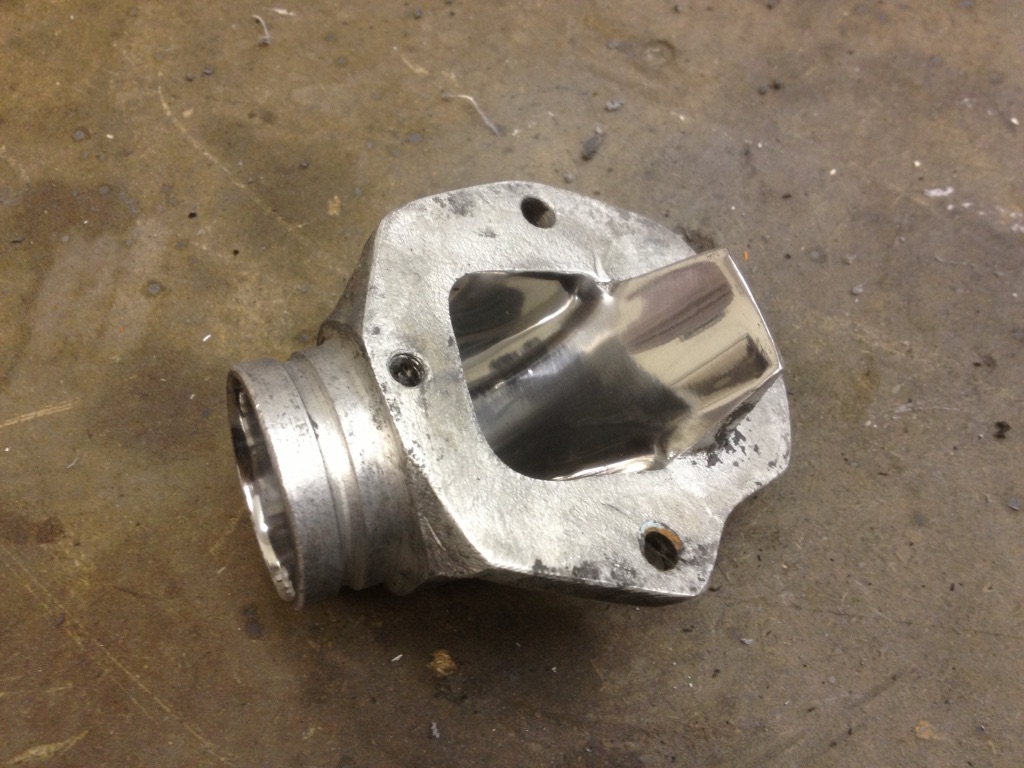
Early sand cast MB TS1 inlet, flowed, not one finger which fits into the reed assembly as a stuffer, fitted Amal and Mikuni
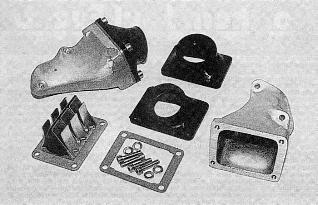
1980s MB Sand cast 6 petal reed assembly, 2 rubbers for different carbs
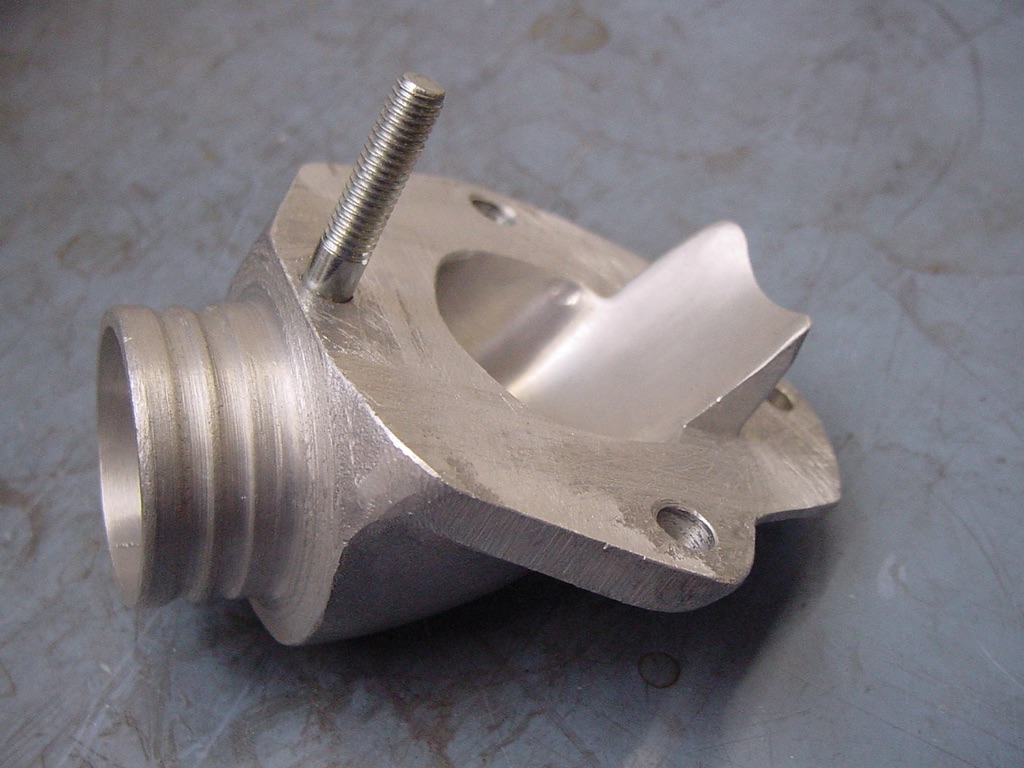
MB sand cast TS1 inlet to suit 28/30mm Dellorto carbs. Also with finger stuffer
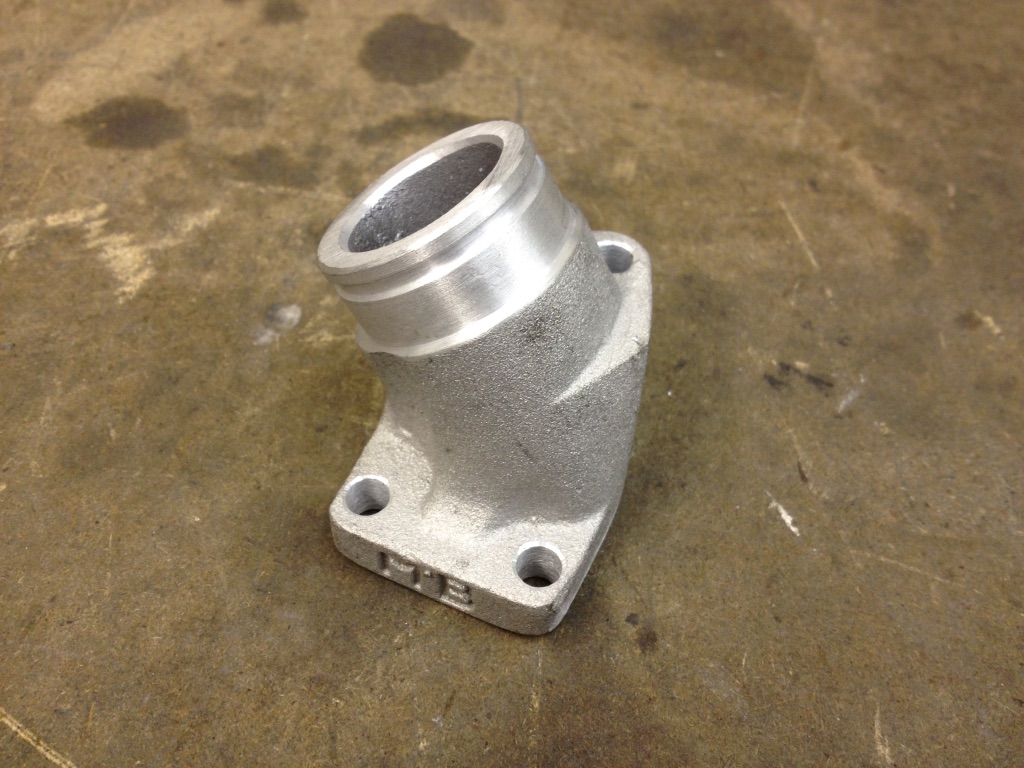
Rare MB inlet for small frame Vespas, these could be machined to suit 2/3 stud inlet castings, different carbs and different lengths
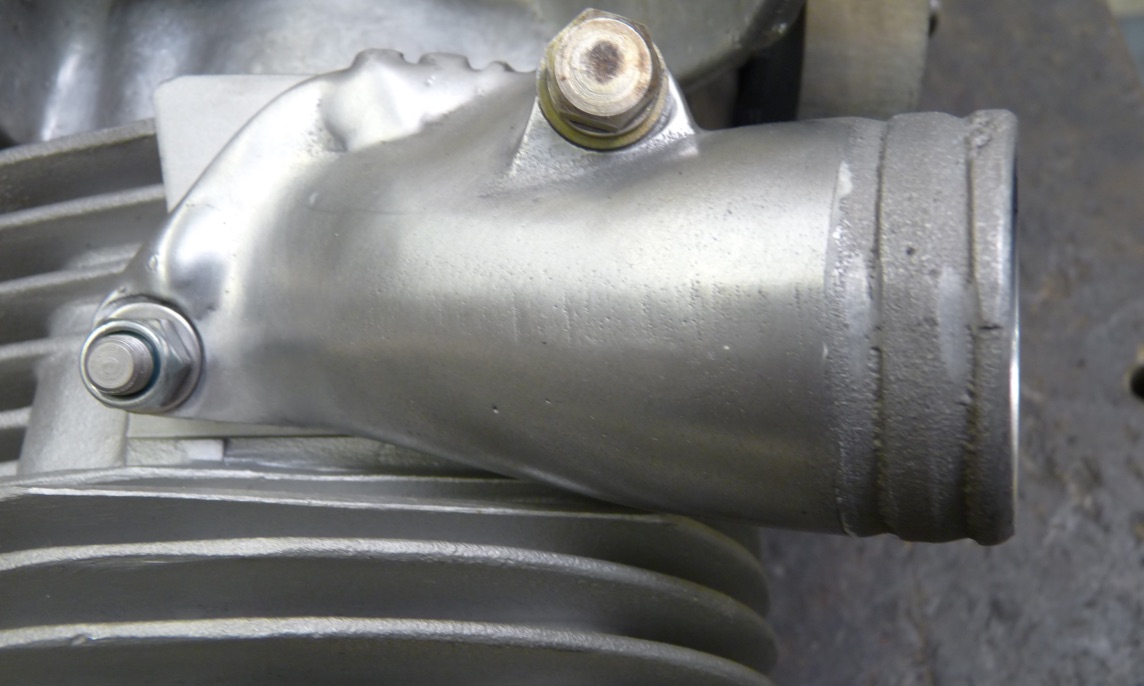
MB sand cast inlet to suit large block cylinders using 34,36mm Dellortos
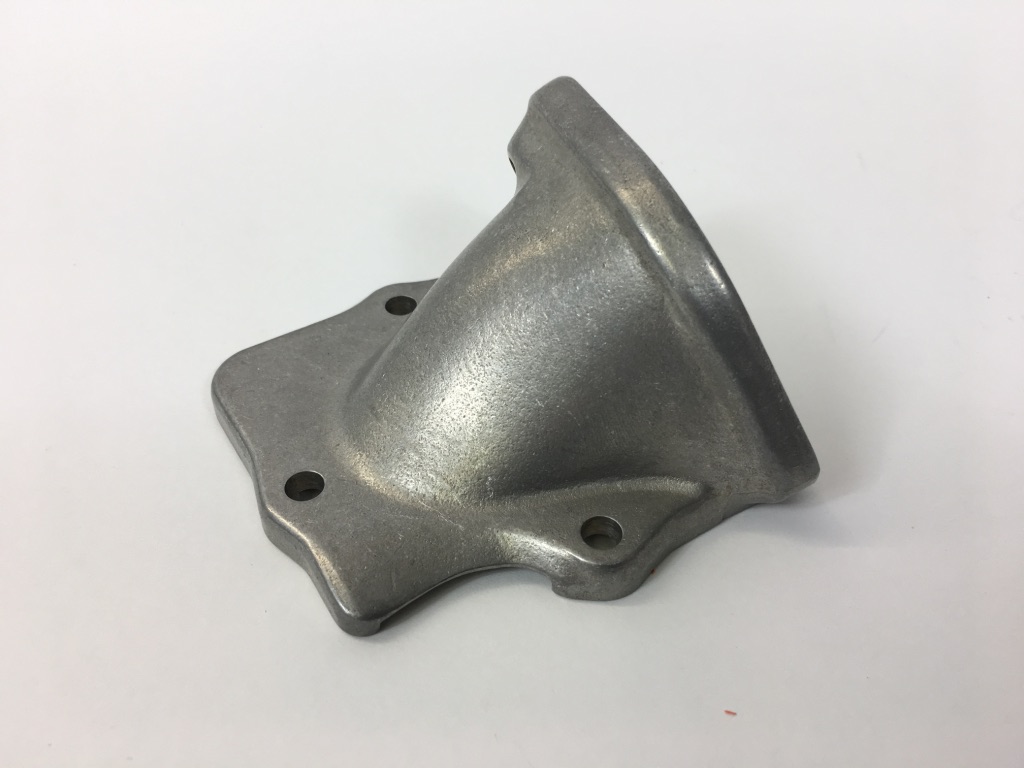
New type die cast TS1 inlet, now reshaped to place the carb in the correct position, lift it away from cables and be slightly more down draft
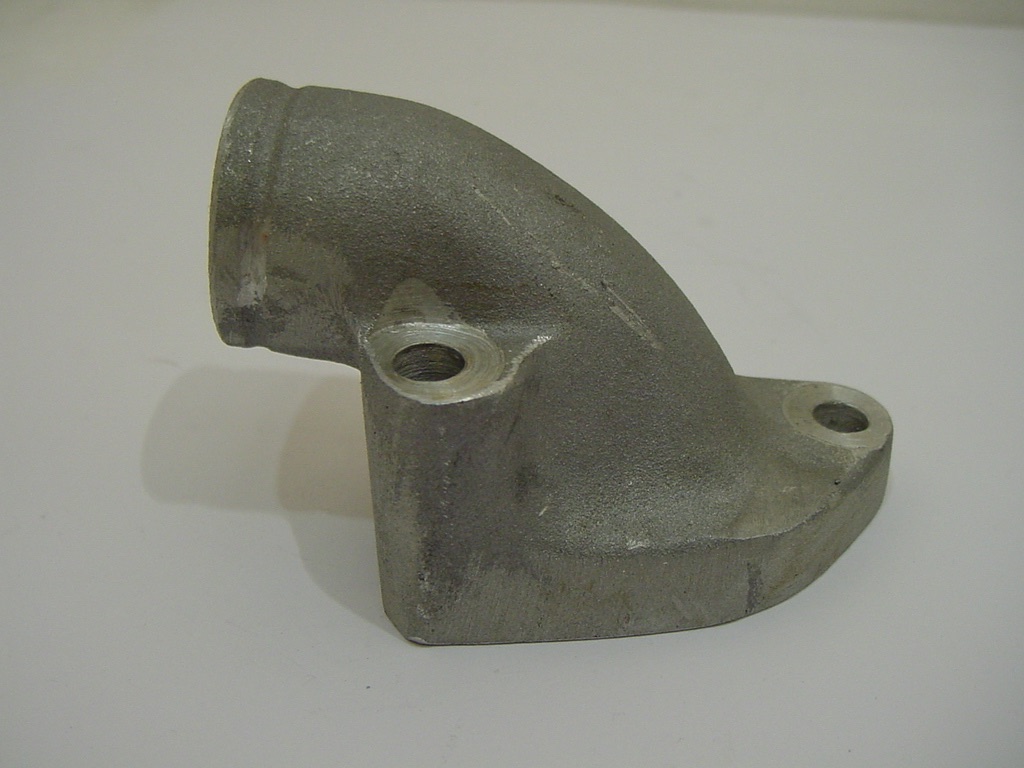
MB early 25mm small block inlet, now made by die cast
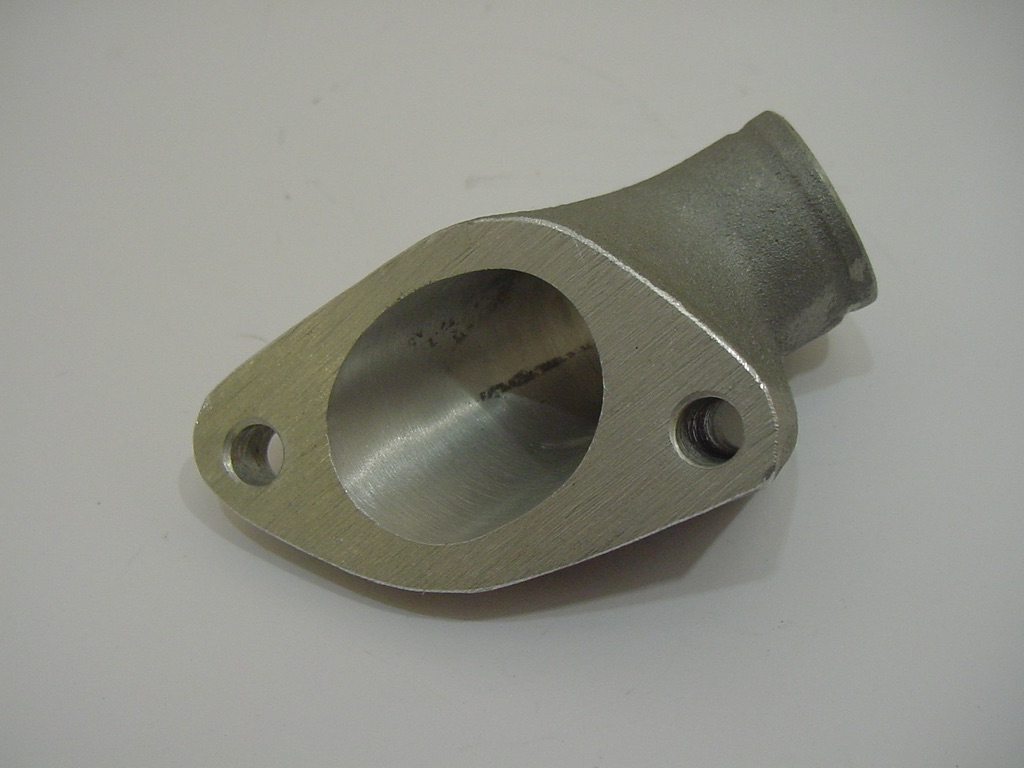
Flowed MB small block inlet for 25mm carbs
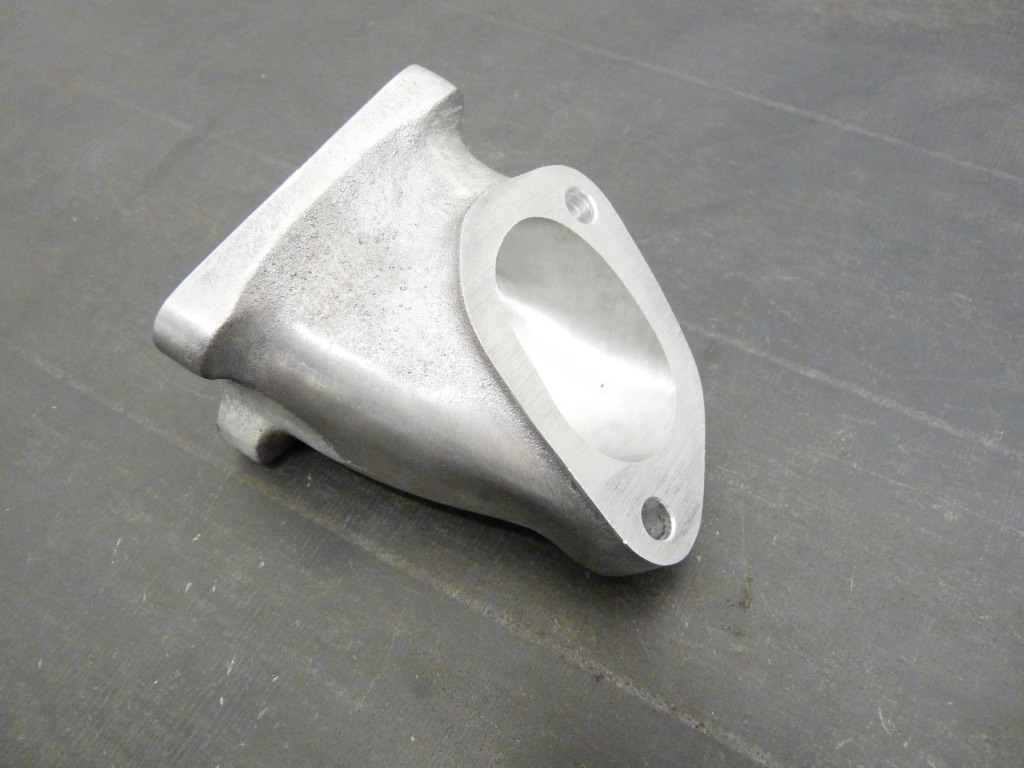
MB Shorty reed block, these were made by sand casting but now are die cast
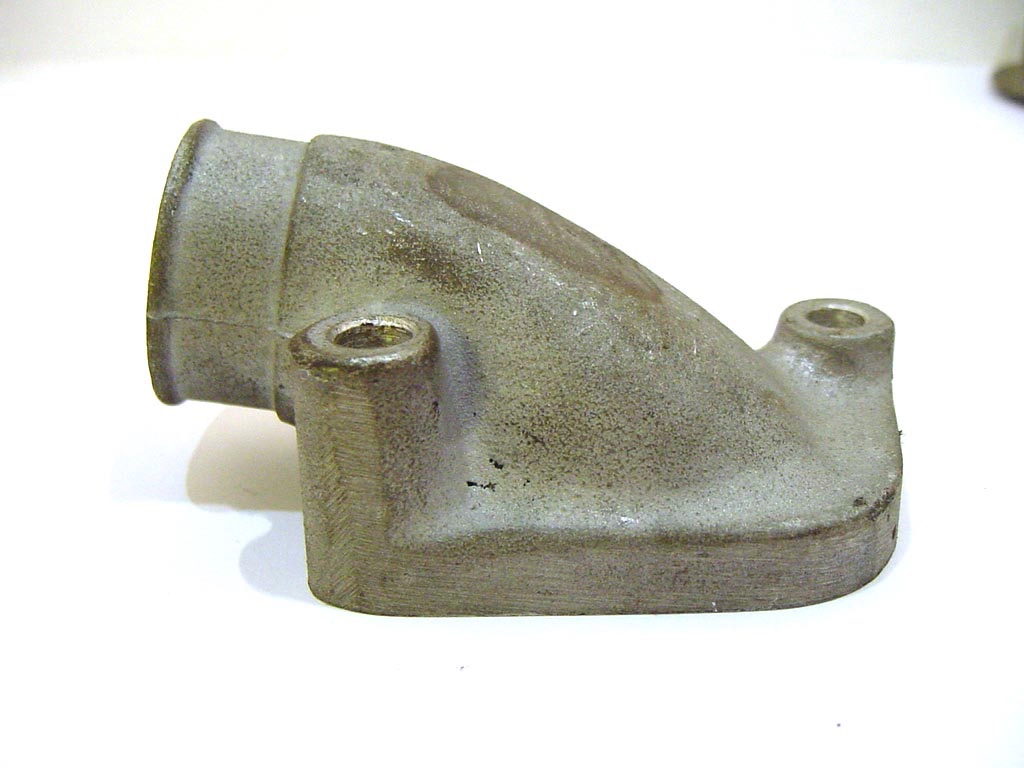
Rare Spanish Autisa 125 inlet manifold, we never made these as there was no demand
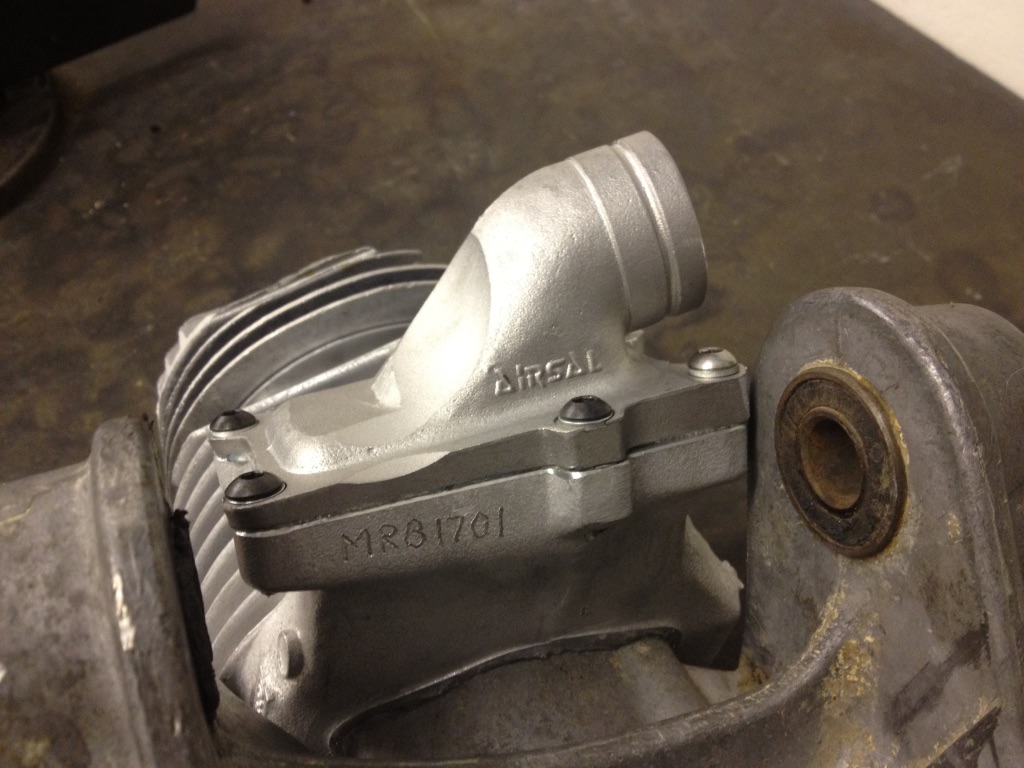
An original AF Rayspeed RB200/225/250 inlet manifold
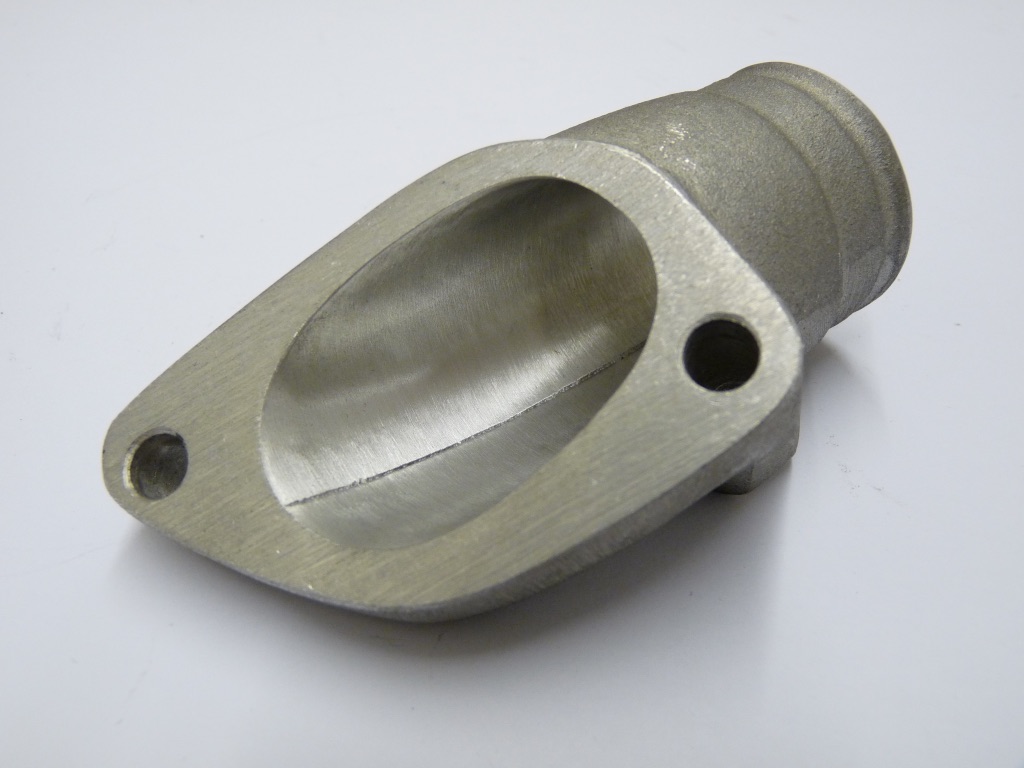
MB sand casting inlet to suit large blocks using 28/30mm carbs, this has been bolted to a cylinder and flowed to leave no step
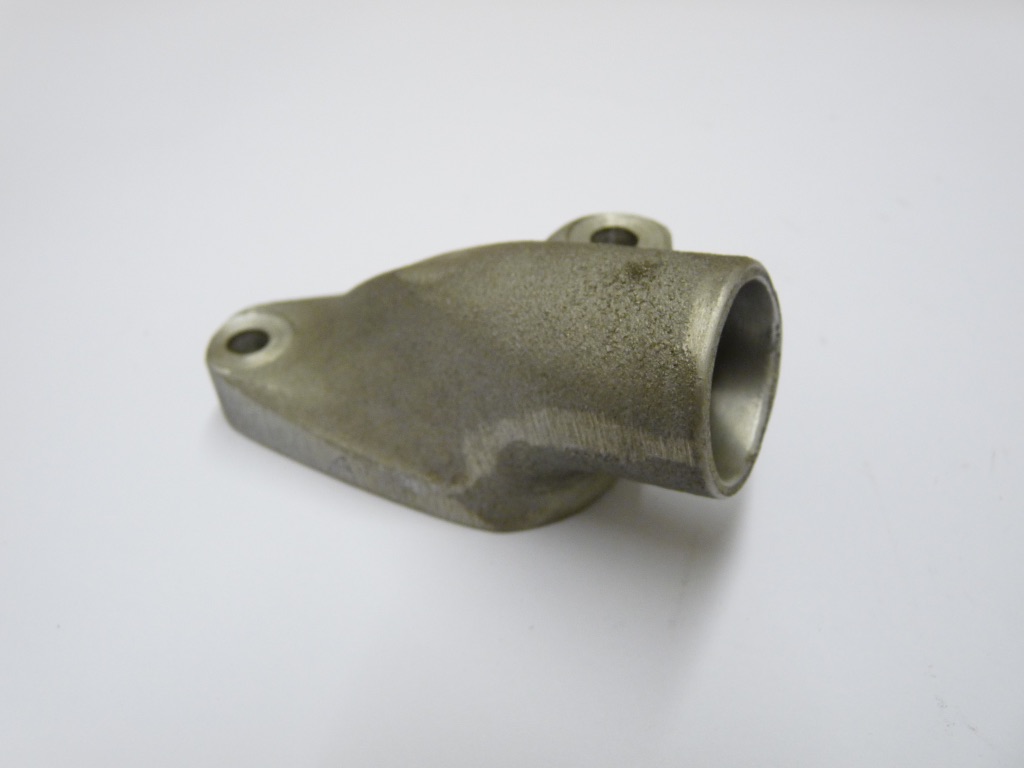
Early sand cast large block 25mm inlet, these were made in house at one time
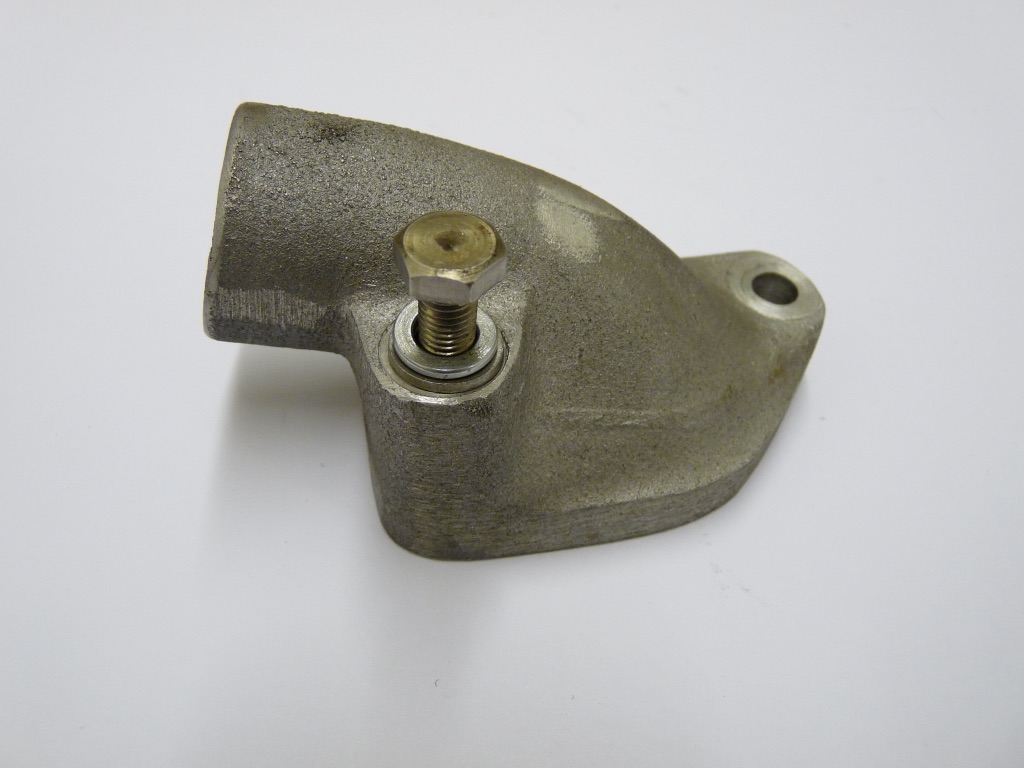
The rough appearance shows its sand cast
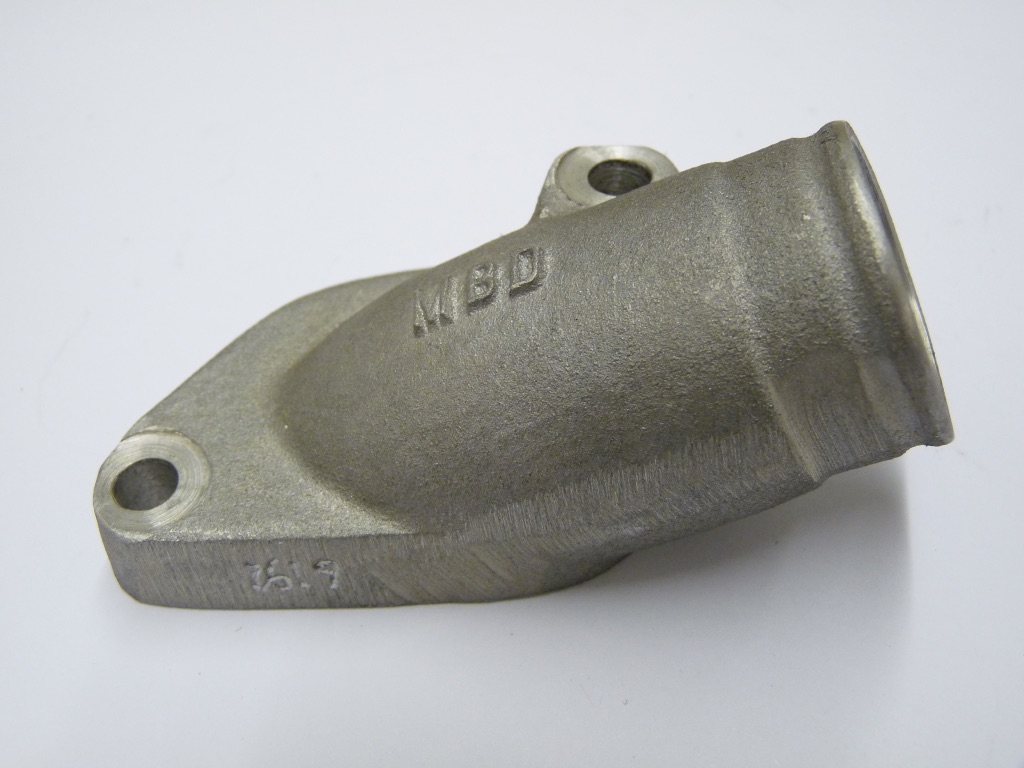
These were cast ready to fit the carb rubber, saves us time machining to suit

Early MB shorty sand cast version
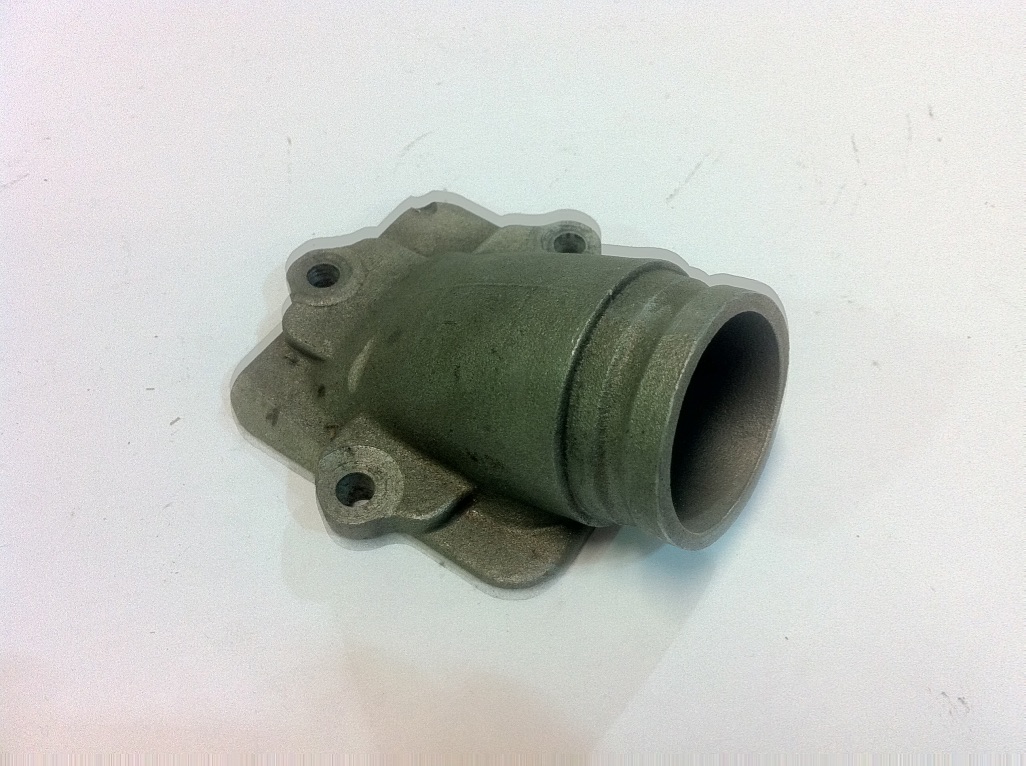
AF Rayspeed 34mm Amal inlet manifold
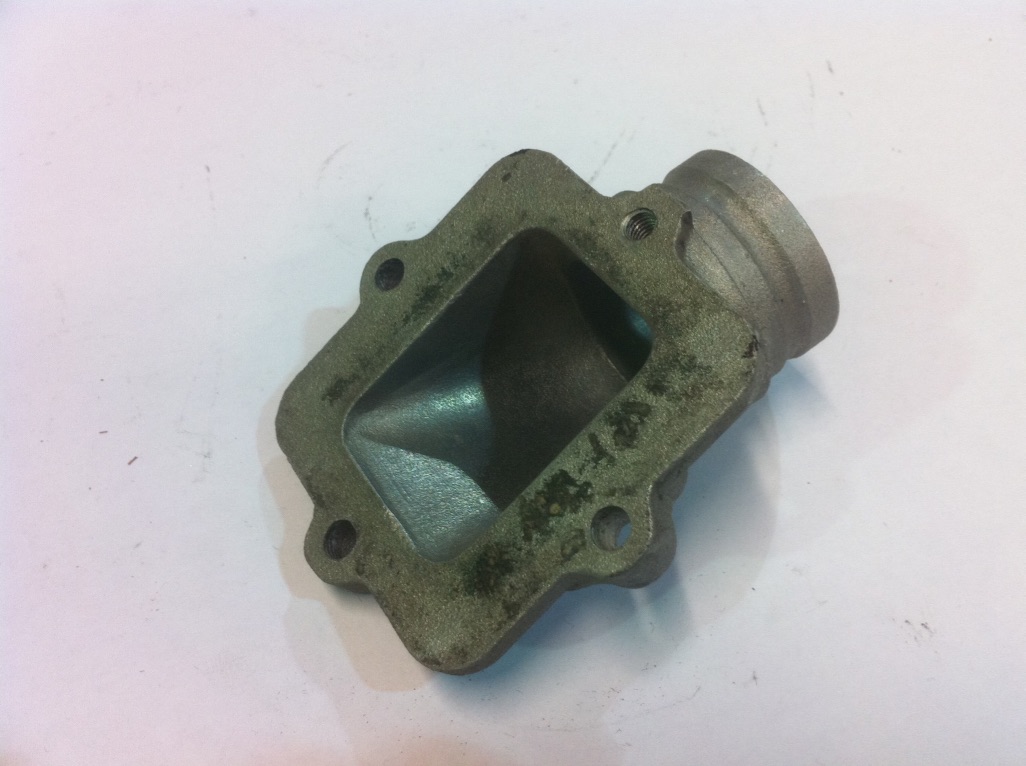
AF Rayspeed inlet, note no stuffer built in
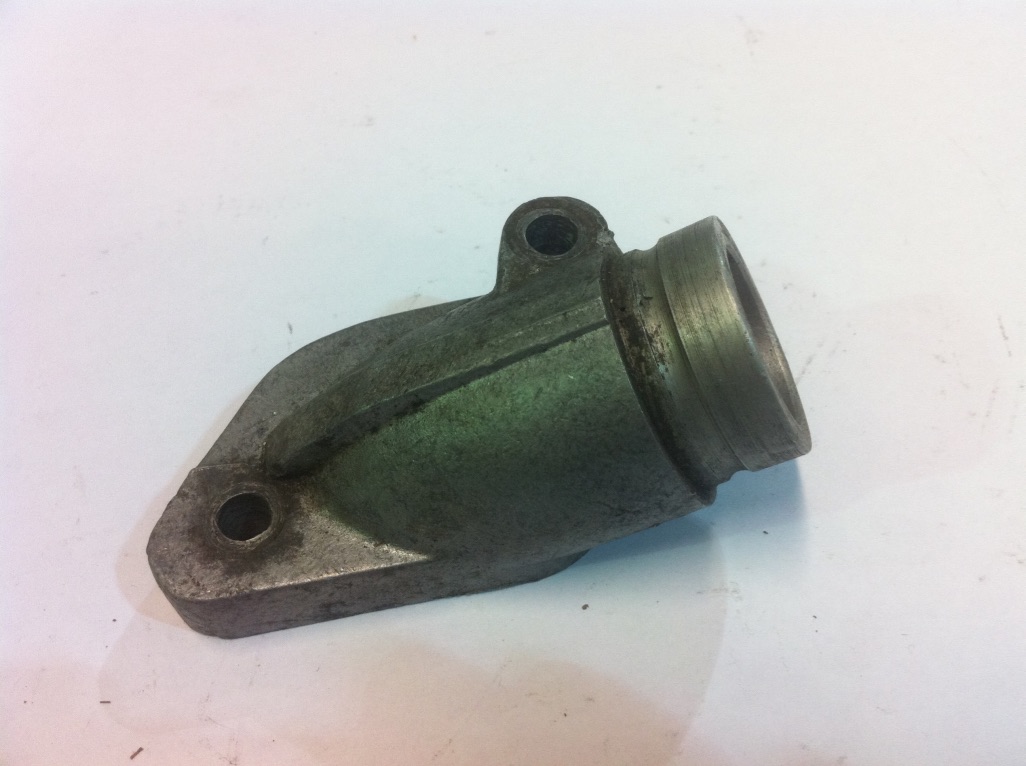
A modified CDC small block inlet machined to suit a rubber mounted carb
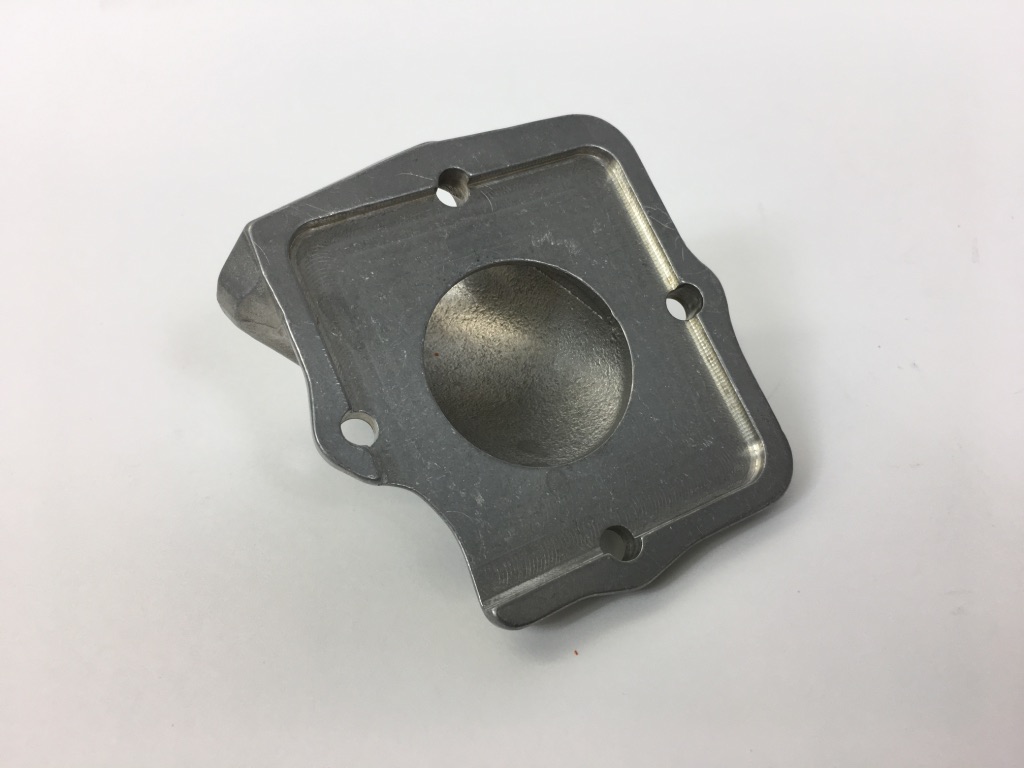
The latest MB die cast inlet for the TS1, made to work with all reed blocks including V force
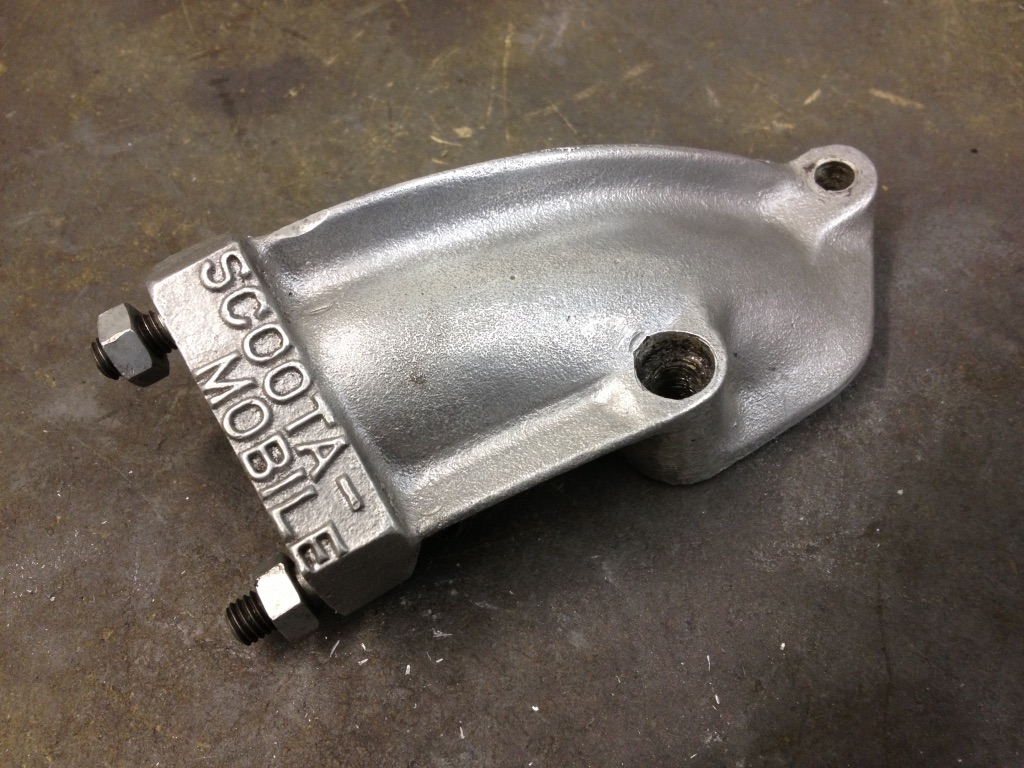
1960s Scoota Mobile Amal mark 1 sand cast inlet manifold
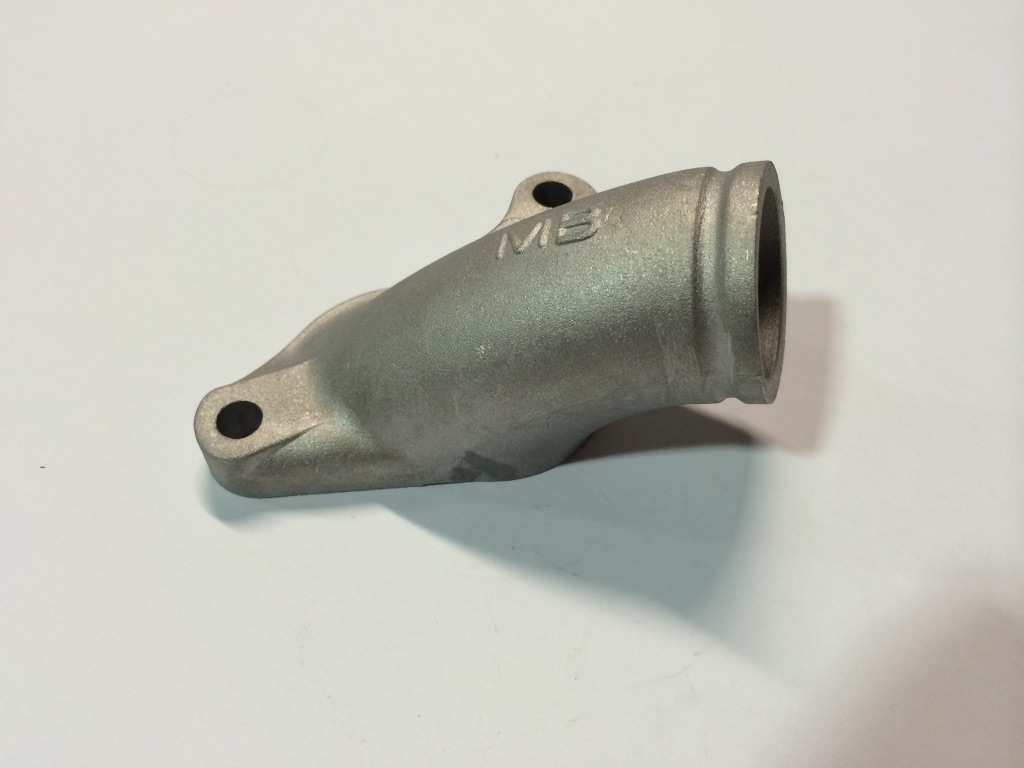
MB die cast large block Dellorto inlet, this version we used for cutdowns and bikes with panels off
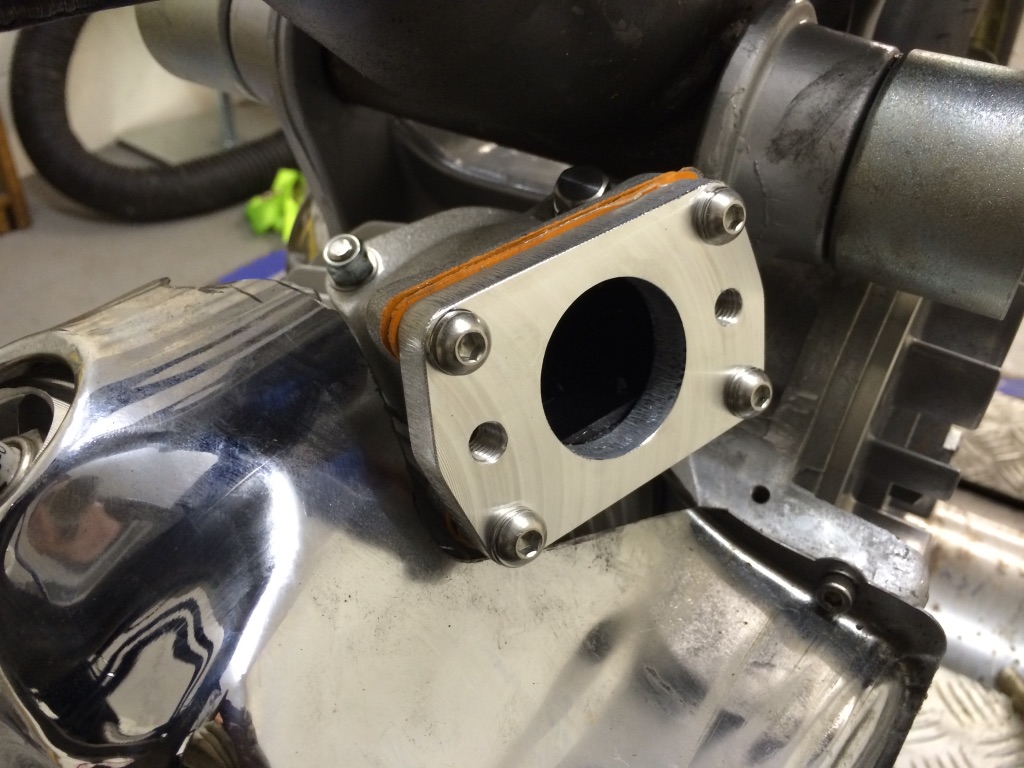
MB Shorty reed block designed with a plate to mount flange rubbers so you can use a whole range of carb sizes
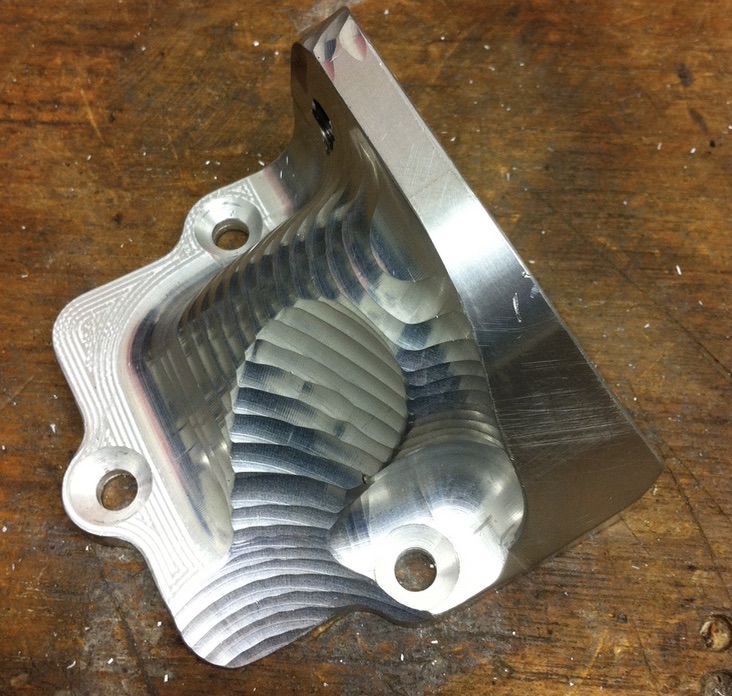
CNC type TS1 inlet manifold
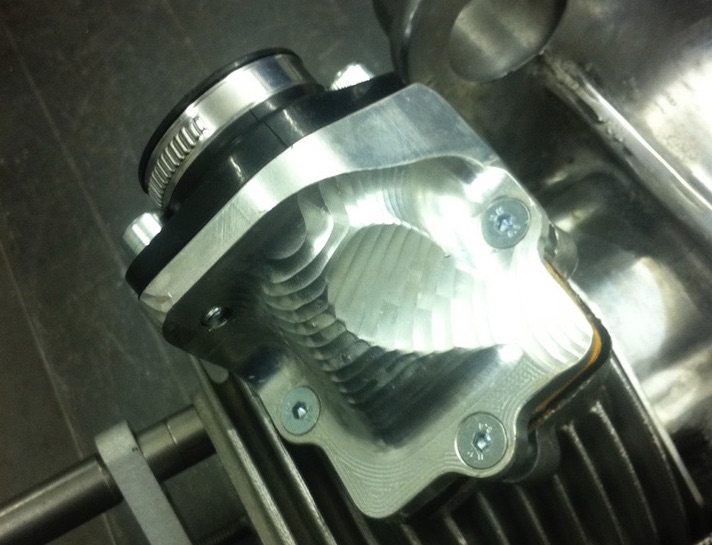
As with our later TS1 inlet these CNC type are made to use flange rubbers
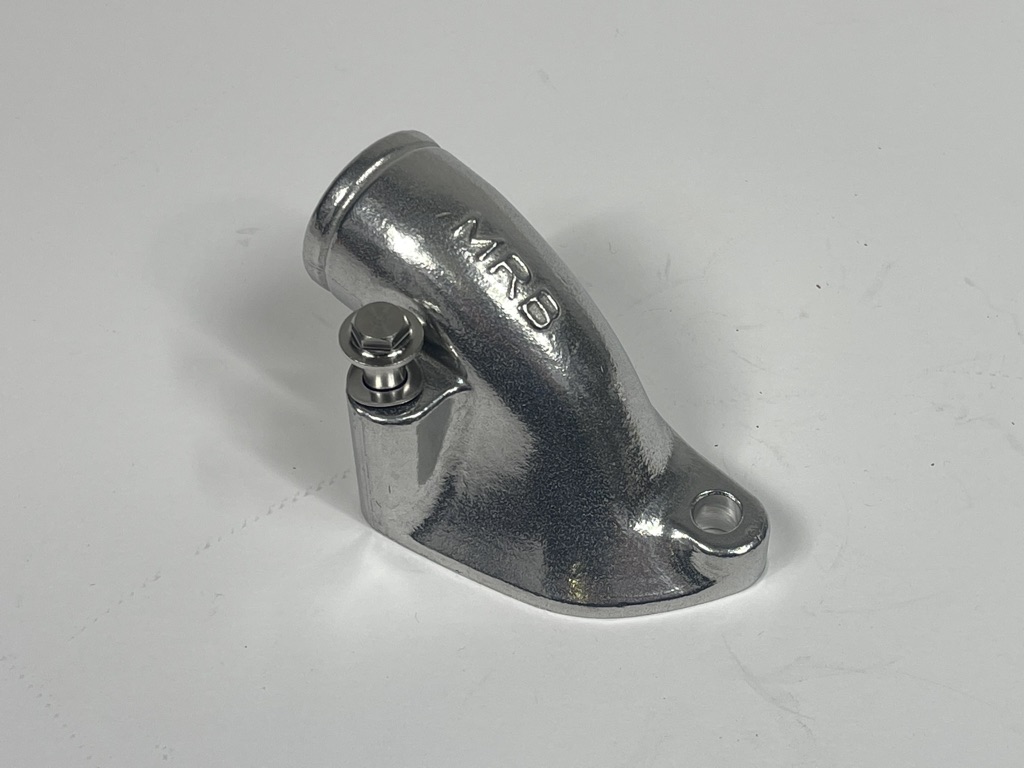
Die cast MB 25mm small block inlet manifold, over the years we’ve used MBD, MBS and MRB to identify them
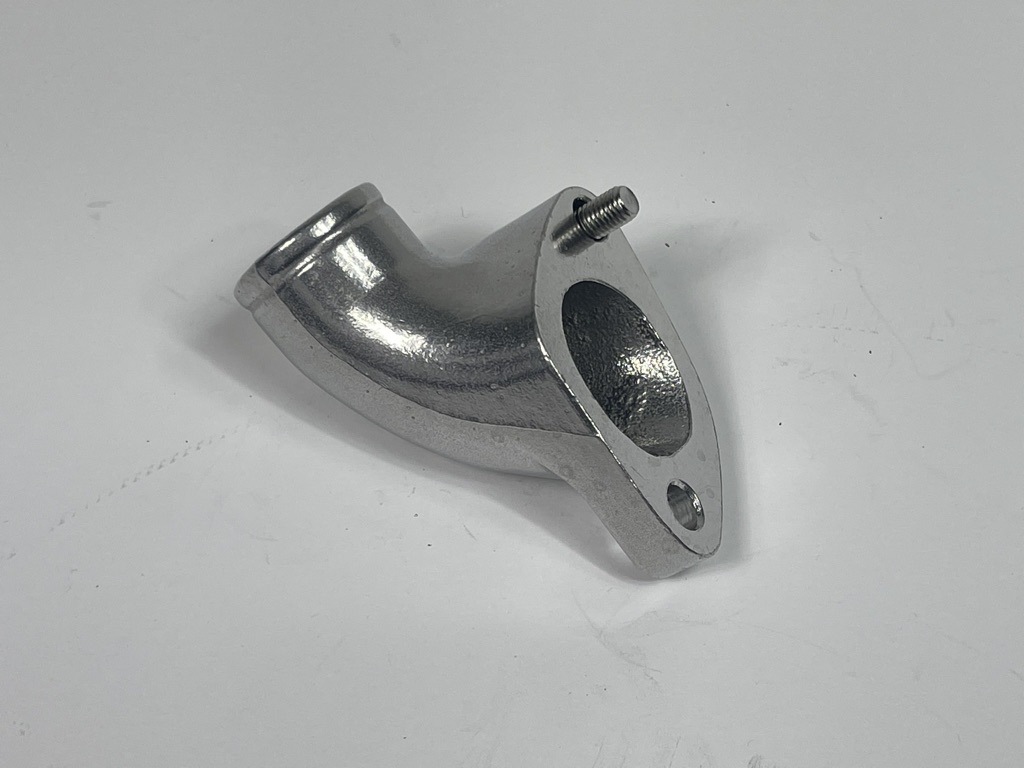
Die cast MB 25mm small block inlet
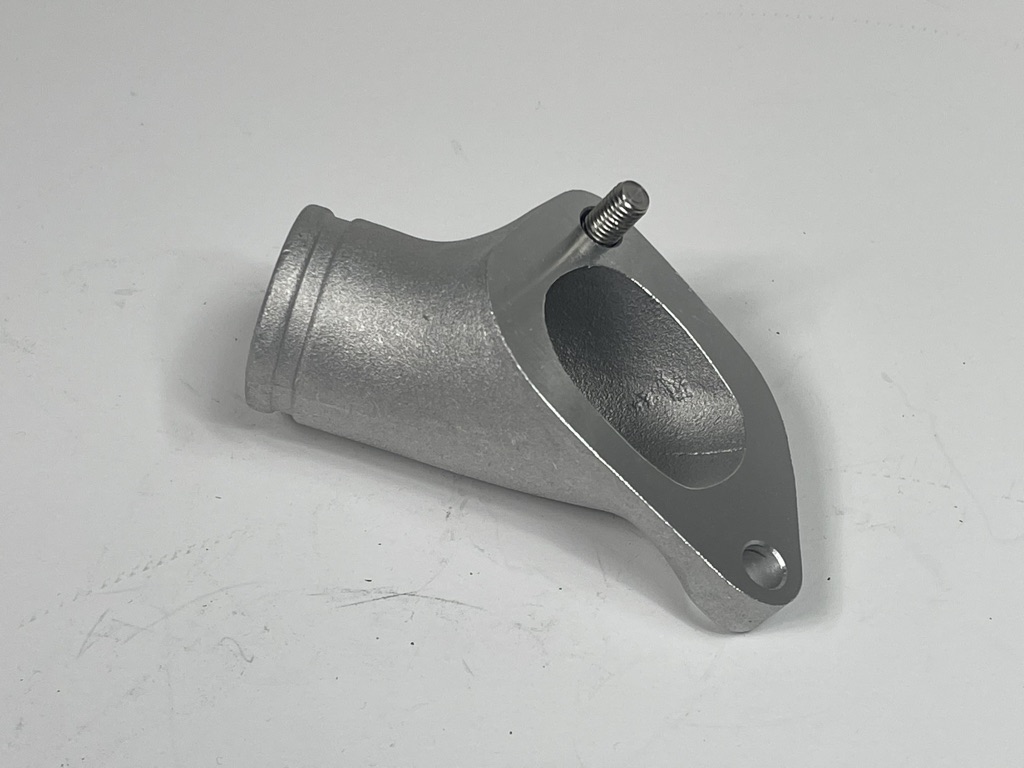
Die cast MB large block 30mm inlet, ideal for cutdowns, choppers and bikes with no side panels, better down draft flow
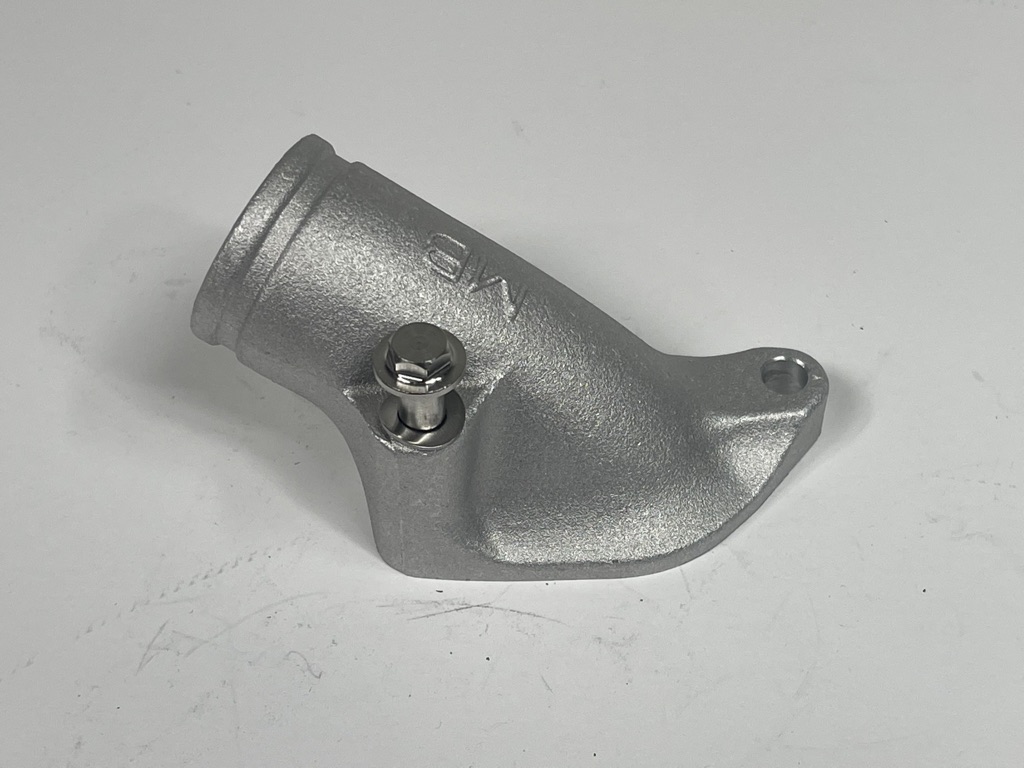
Die cast MB large block 30mm inlet, ideal for cutdowns, choppers and bikes with no side panels, better down draft flow

MB Vespa PX/PE 4 petal reed assembly, we’ve been making these since the 1990’s
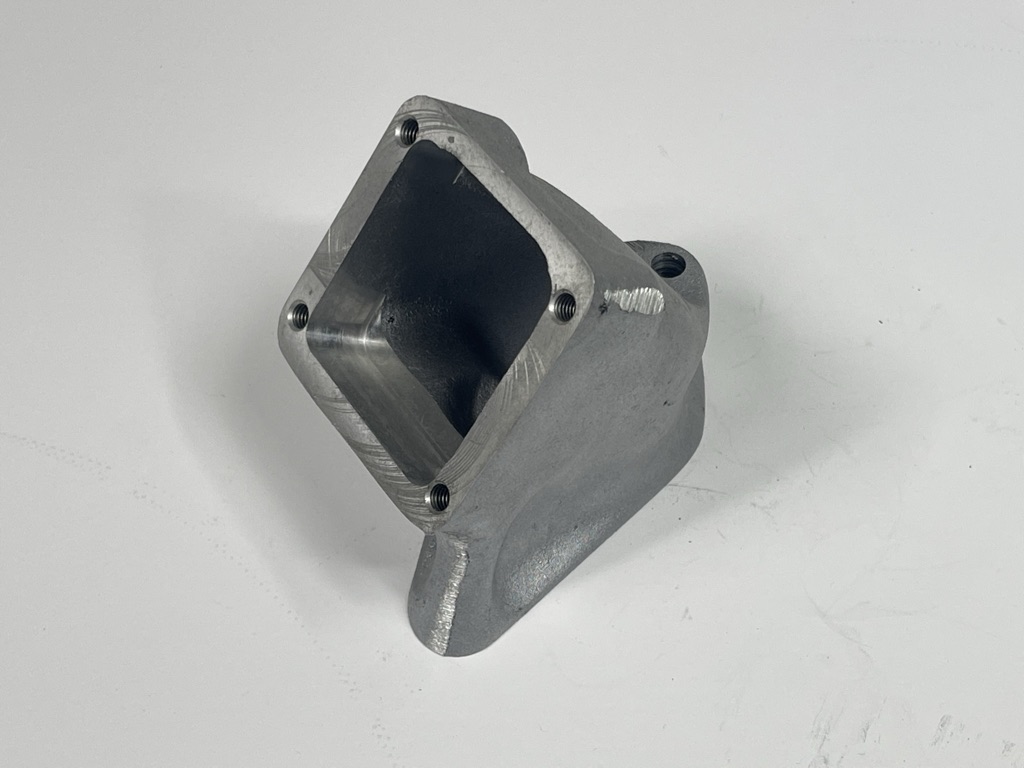
MB Vespa PX/PE 4 petal reed assembly, we’ve been making these since the 1990’s
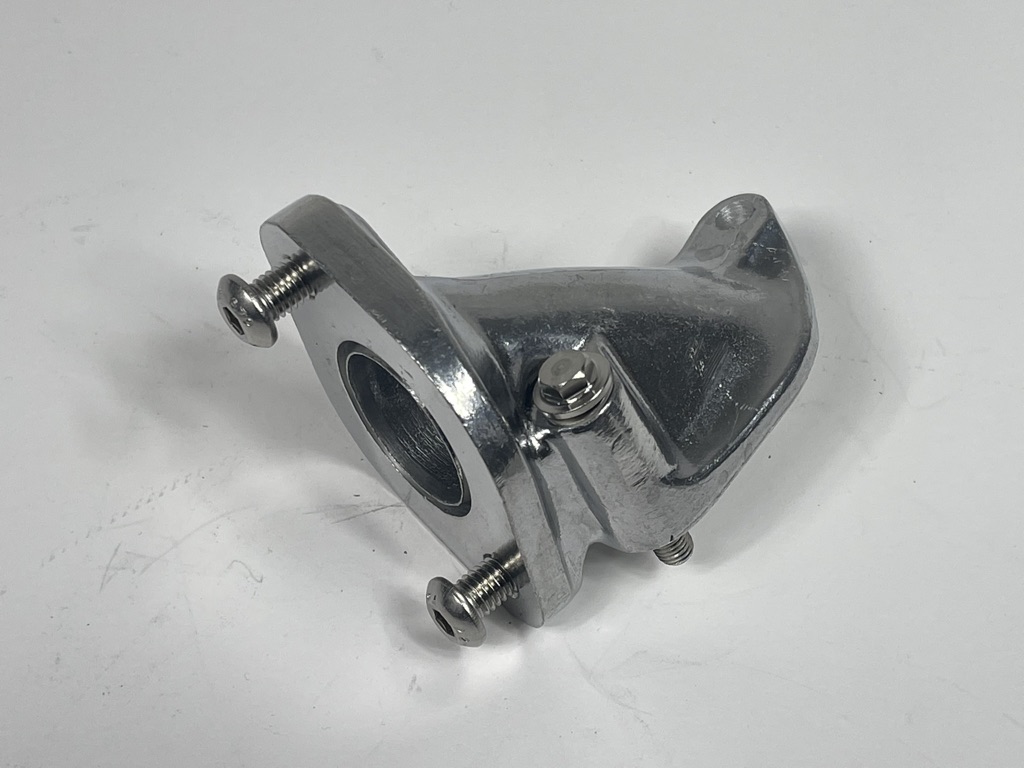
MB Die cast 22 – 35mm flange type inlet manifold, uses various flange rubbers to suit different carbs
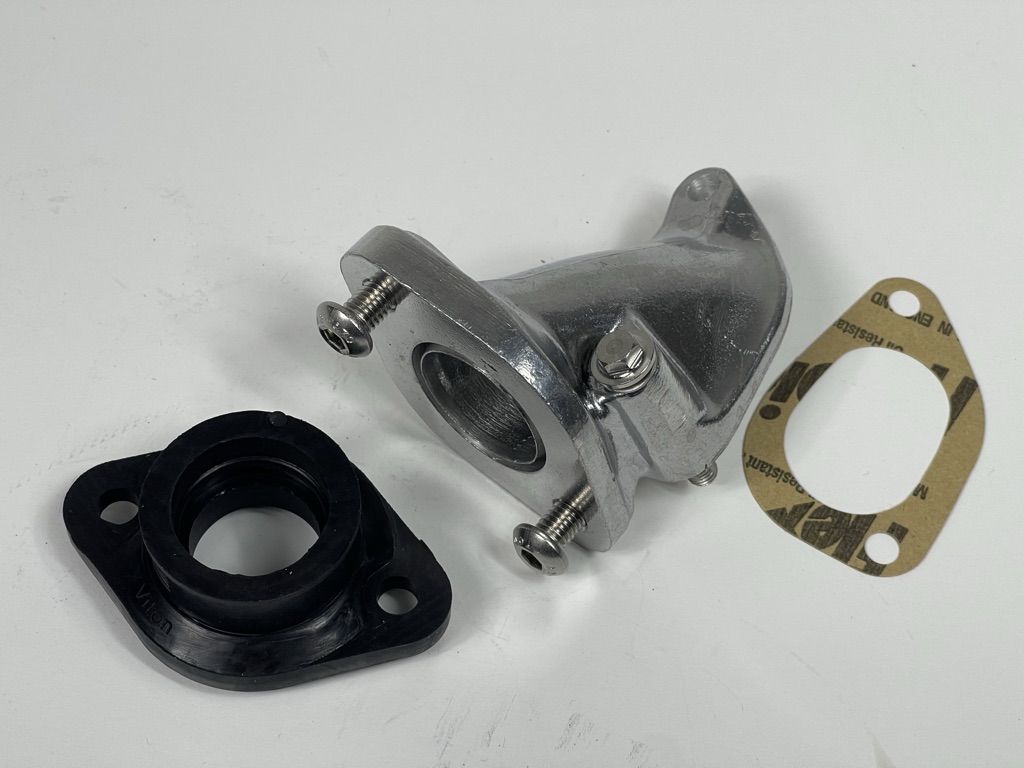
MB Flange manifold kit, comes with casting, flange rubber, gaskets, fasteners
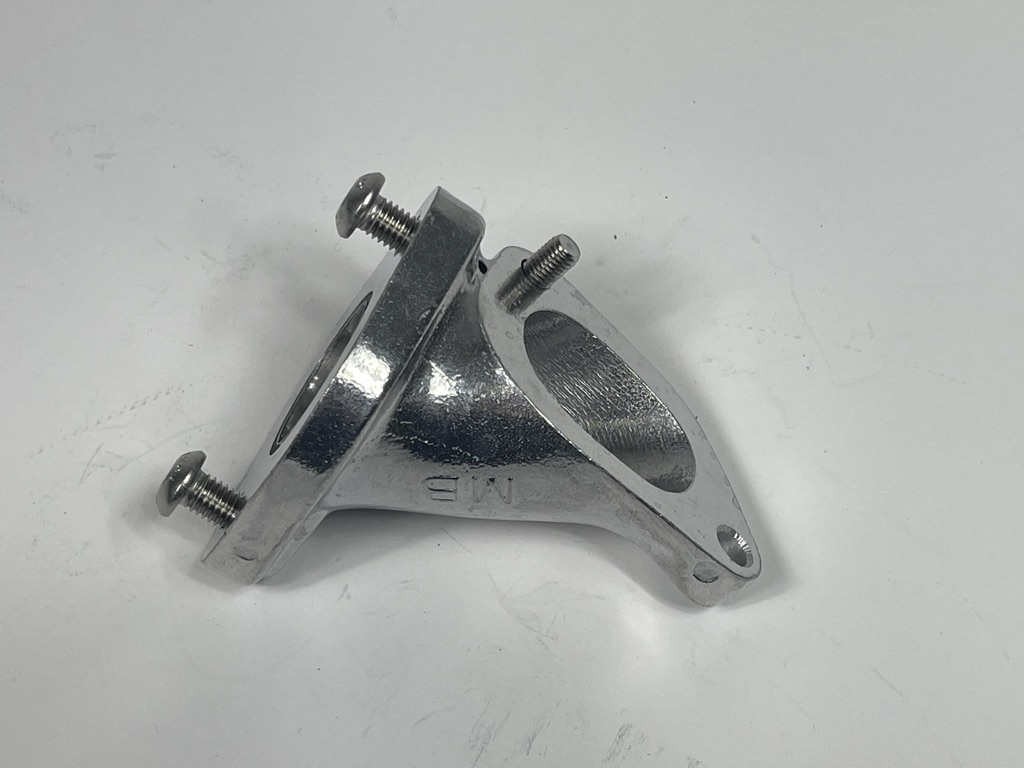
MB Die cast 22 – 35mm flange type inlet manifold, uses various flange rubbers to suit different carbs

MB Die cast Shorty inlet manifold
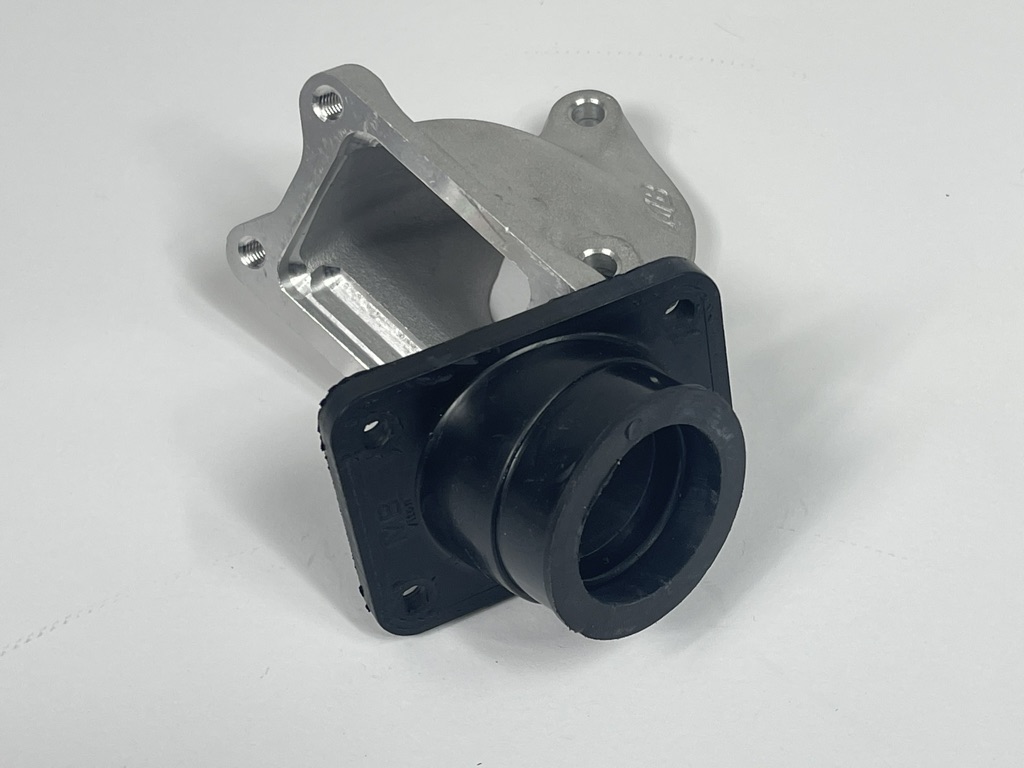
MB Shorty with special MB reed rubber to suit 26 – 30mm Dellortos
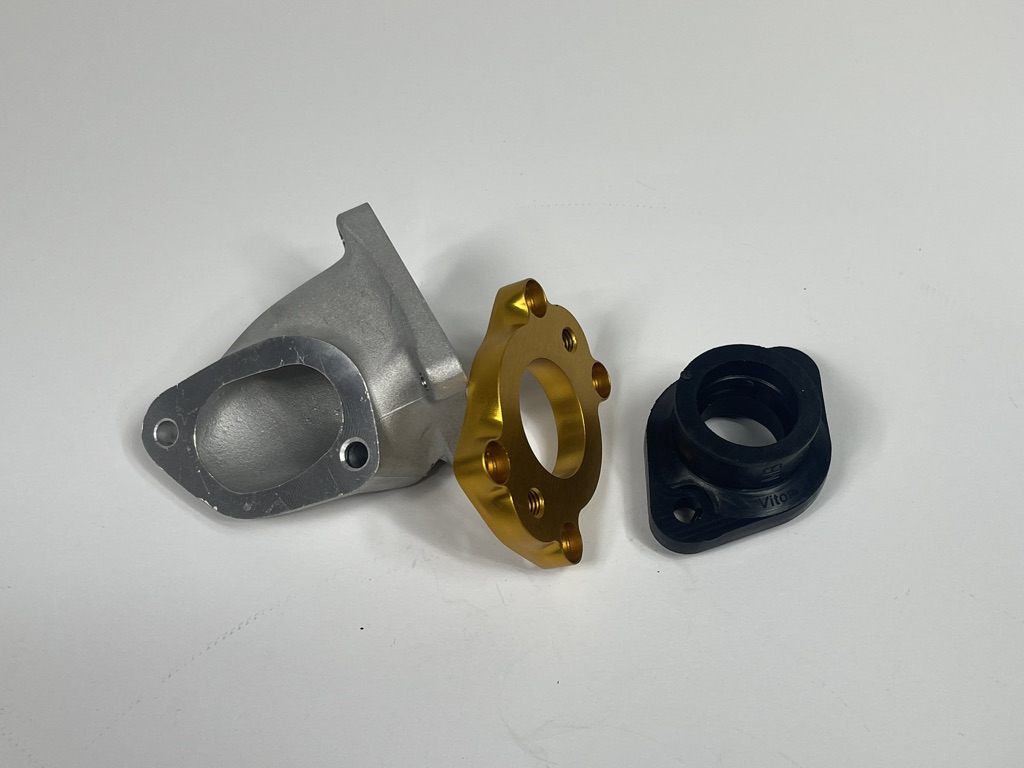
We also do the MB Shorty with a flange adaptor to suit different carbs 22 – 26, 30 – 35mm
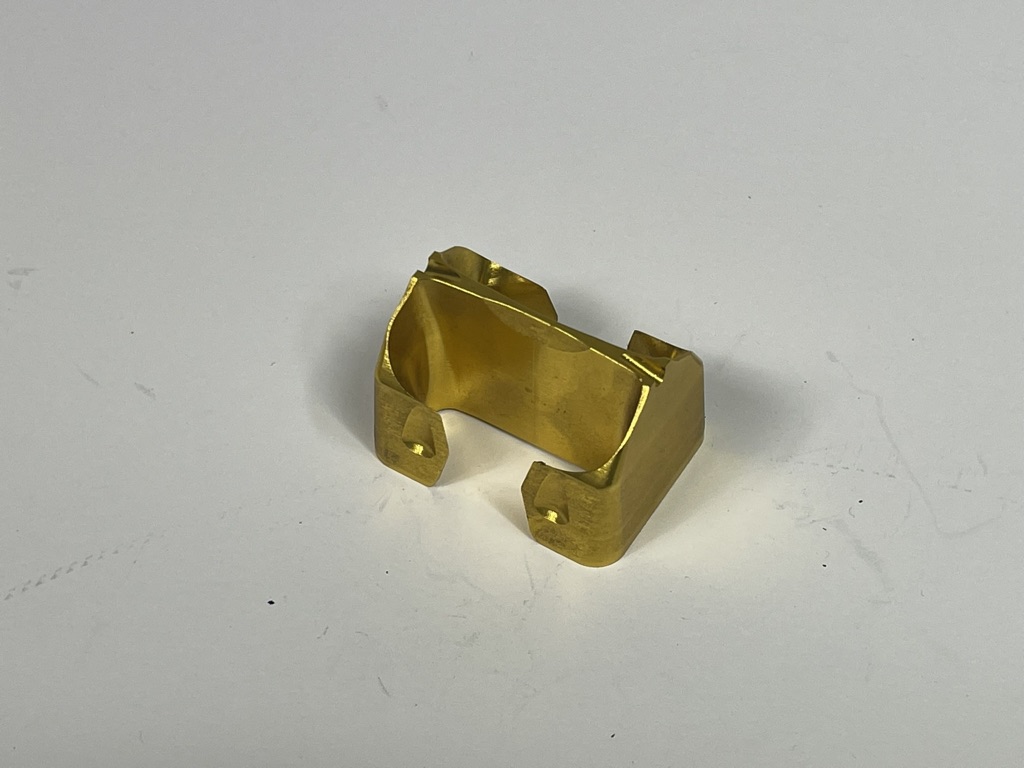
MB TS1 reed stuffer to suit both Yamaha and bgm TS1 reed blocks
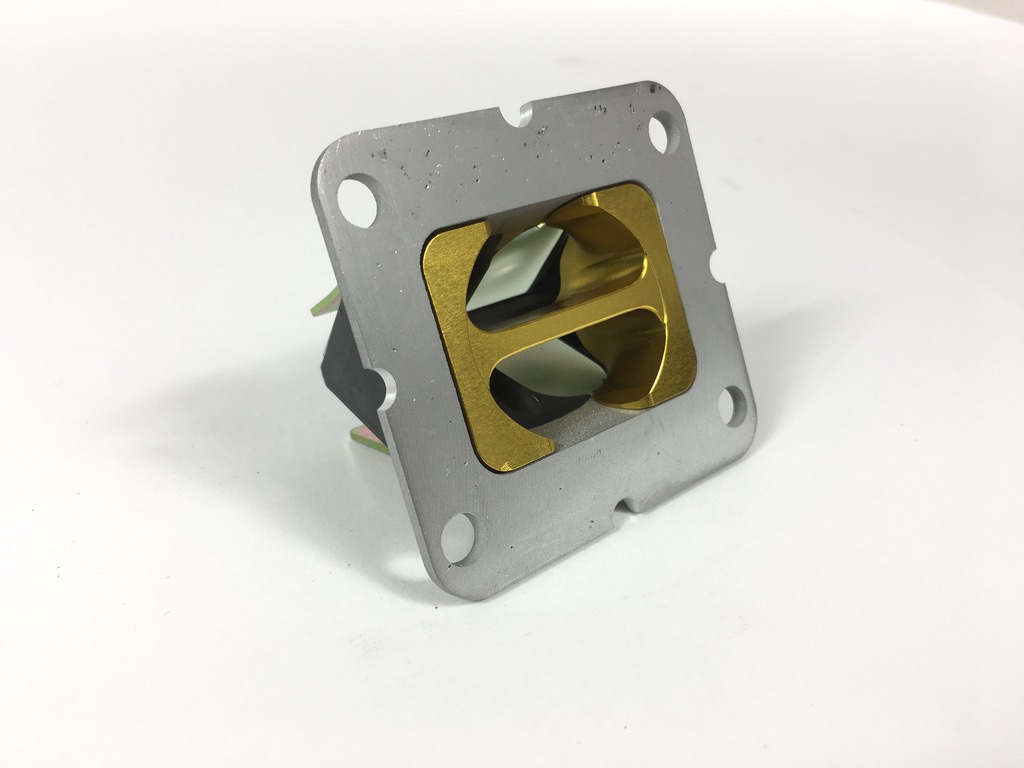
Ts1 Reed stuffer fitted in the reed assembly
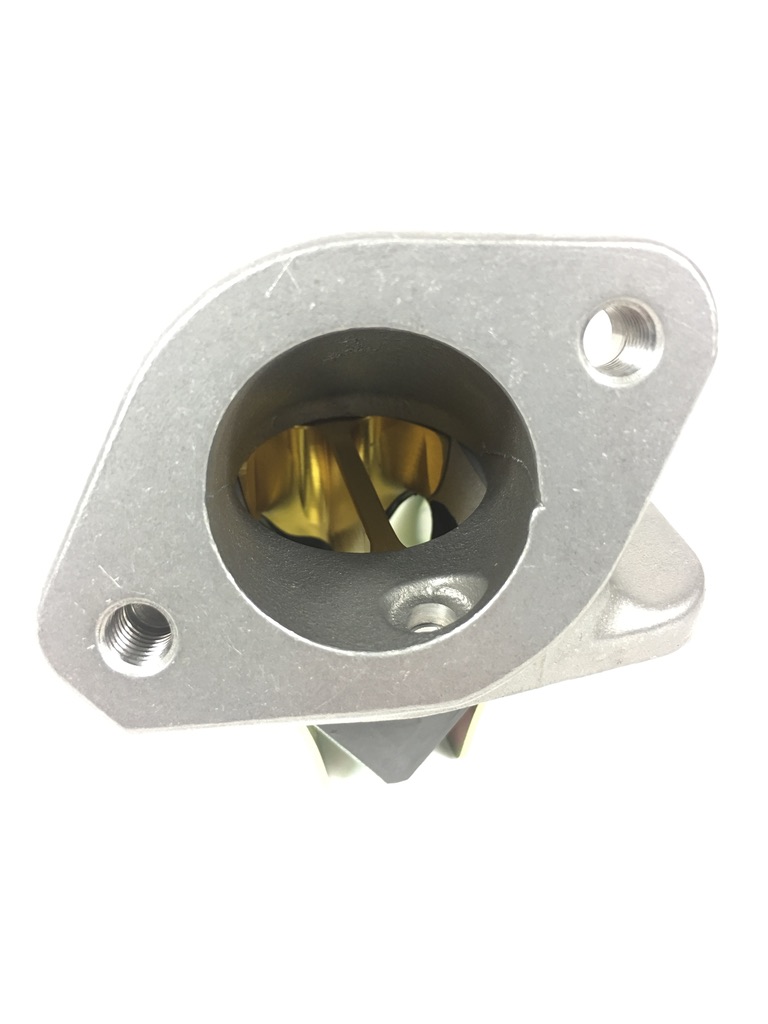
New MB TS1 Flange inlet manifold showing reed stuffer in side
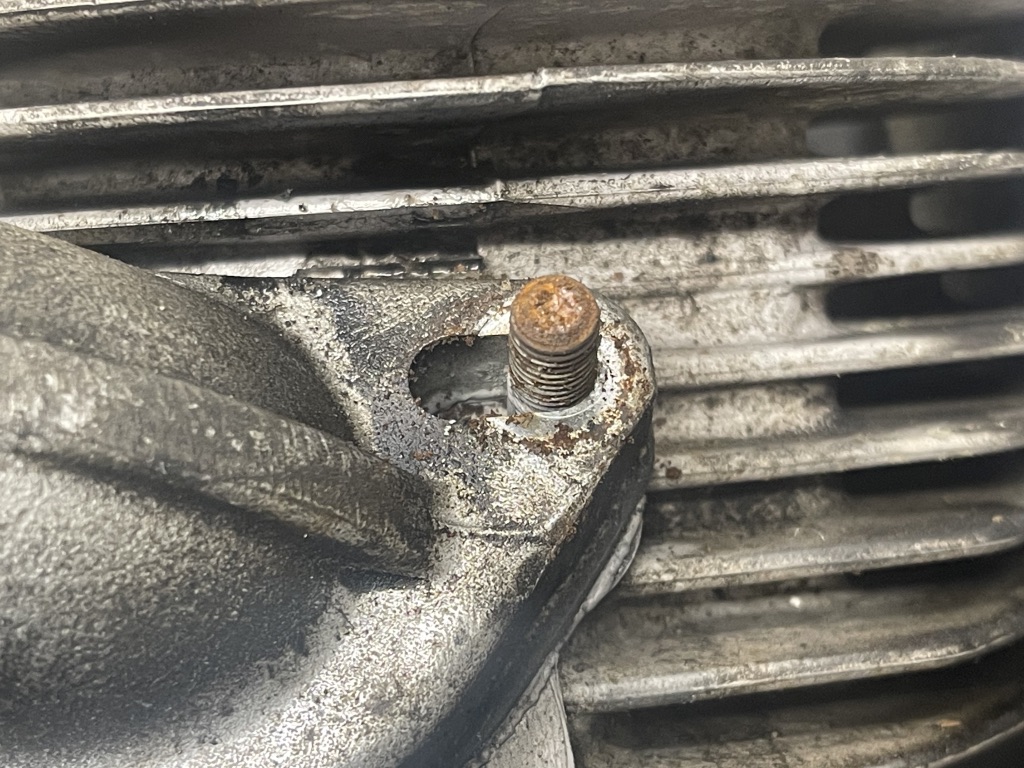
Mugello inlet manifold with a slot to suit small and large block but be carful with these
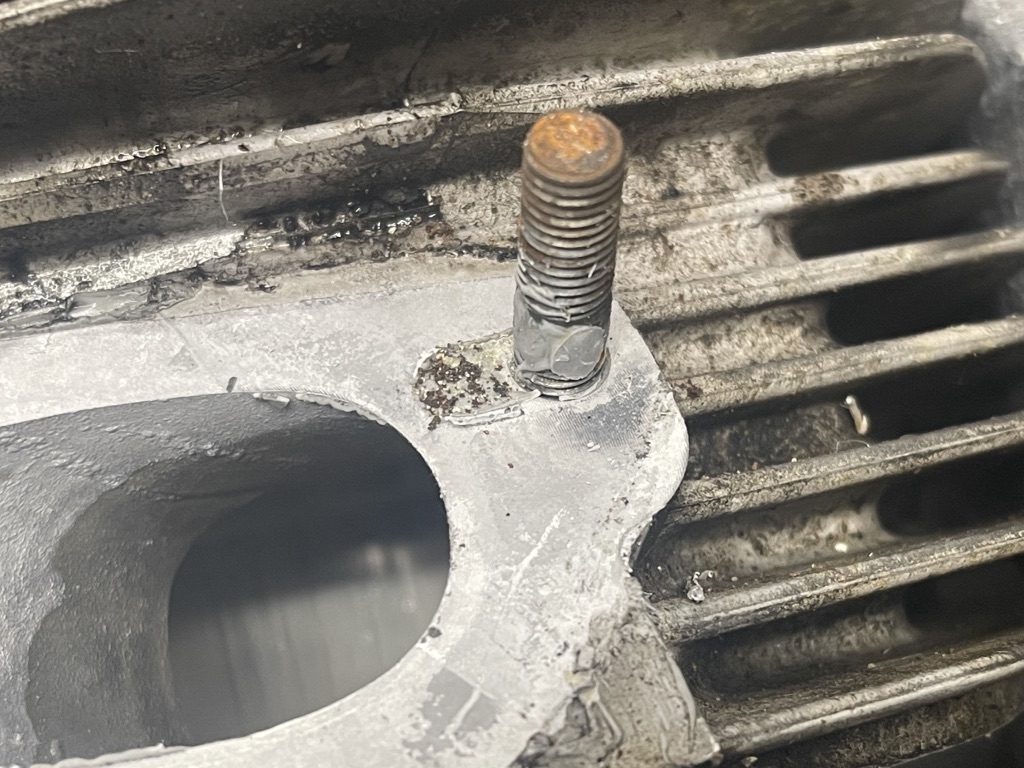
This shows how close the slot is to the inlet port, an over ported cylinder will open to fresh air!!!!
Any questions ask Mark mark@mbscooters.co.uk








